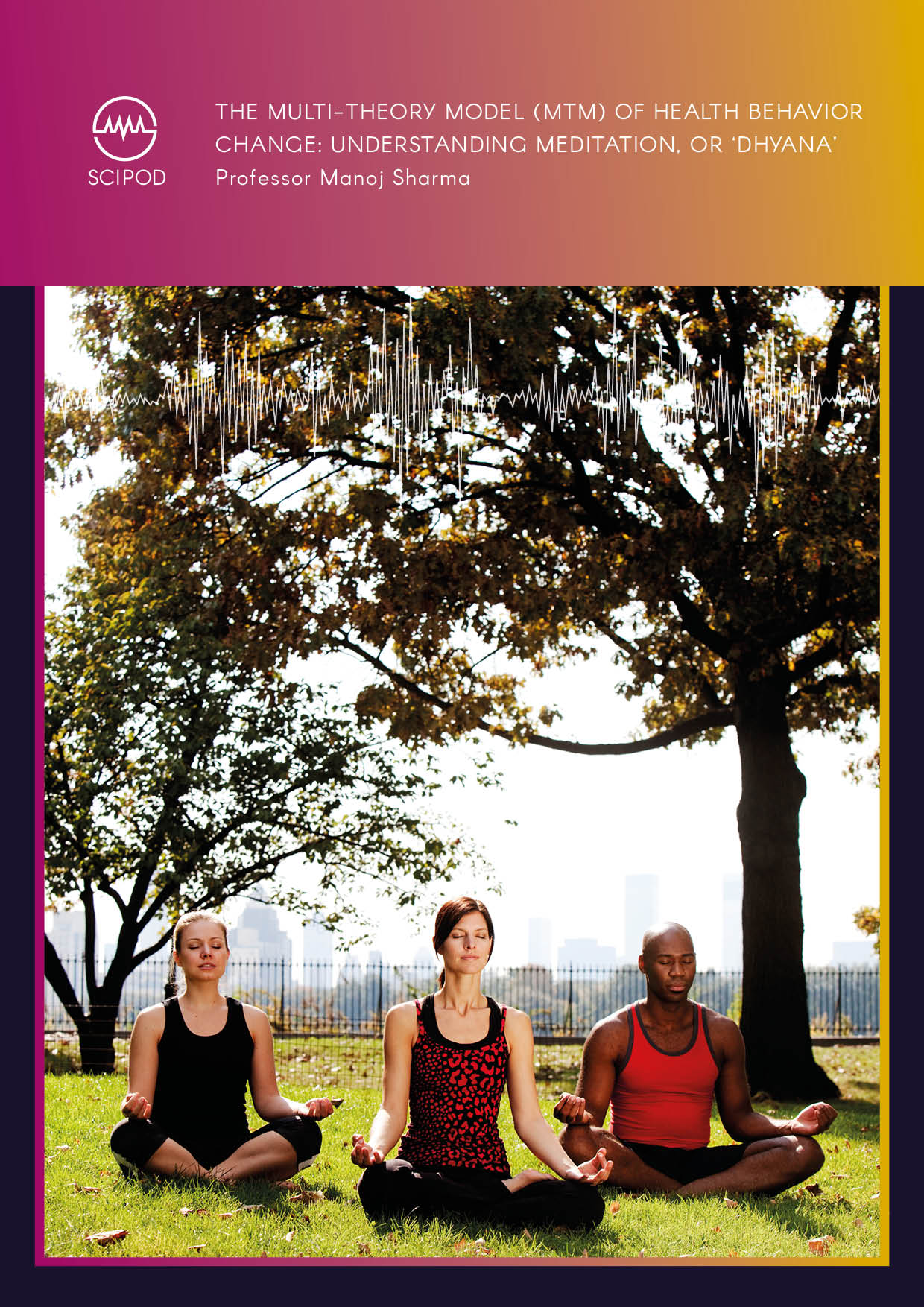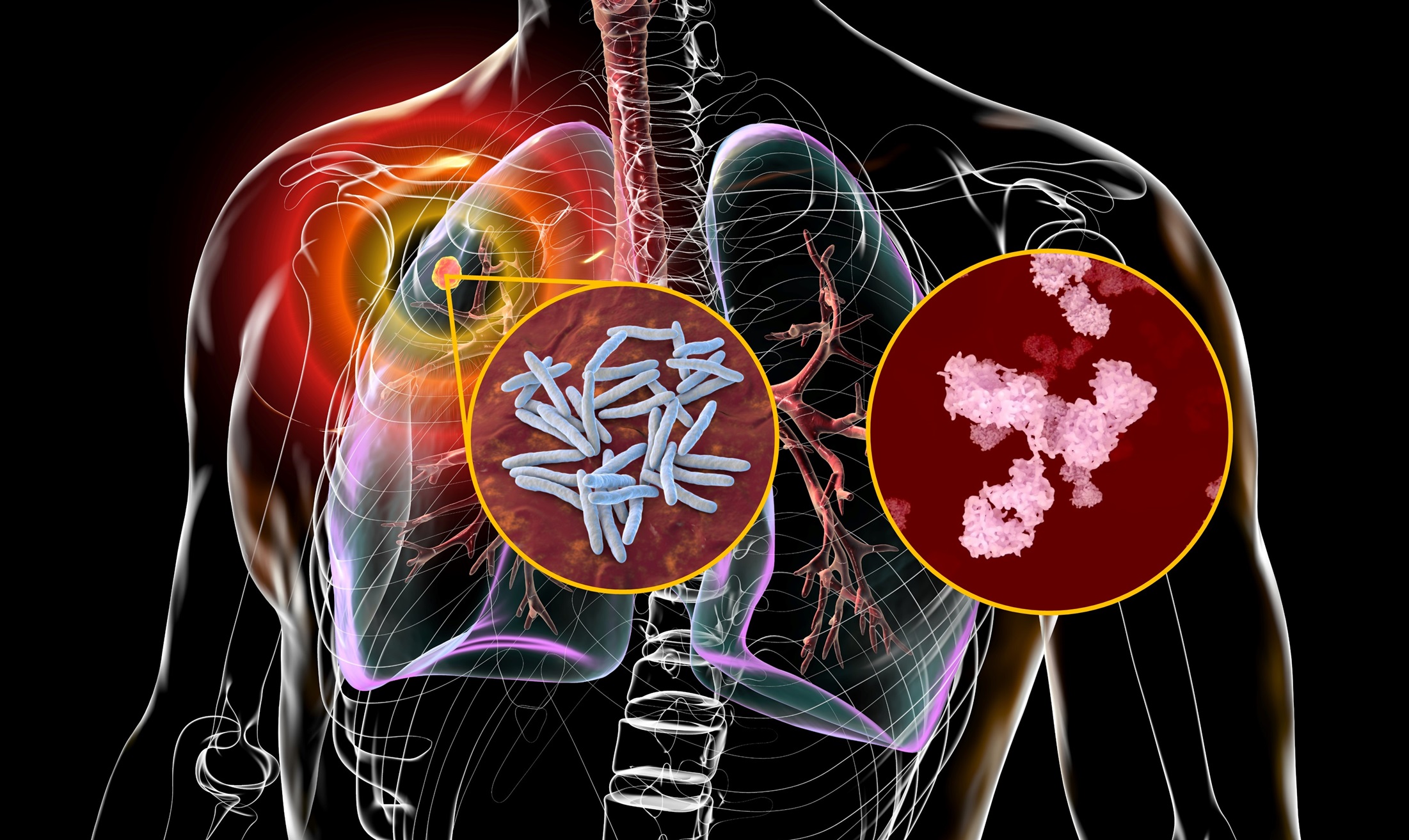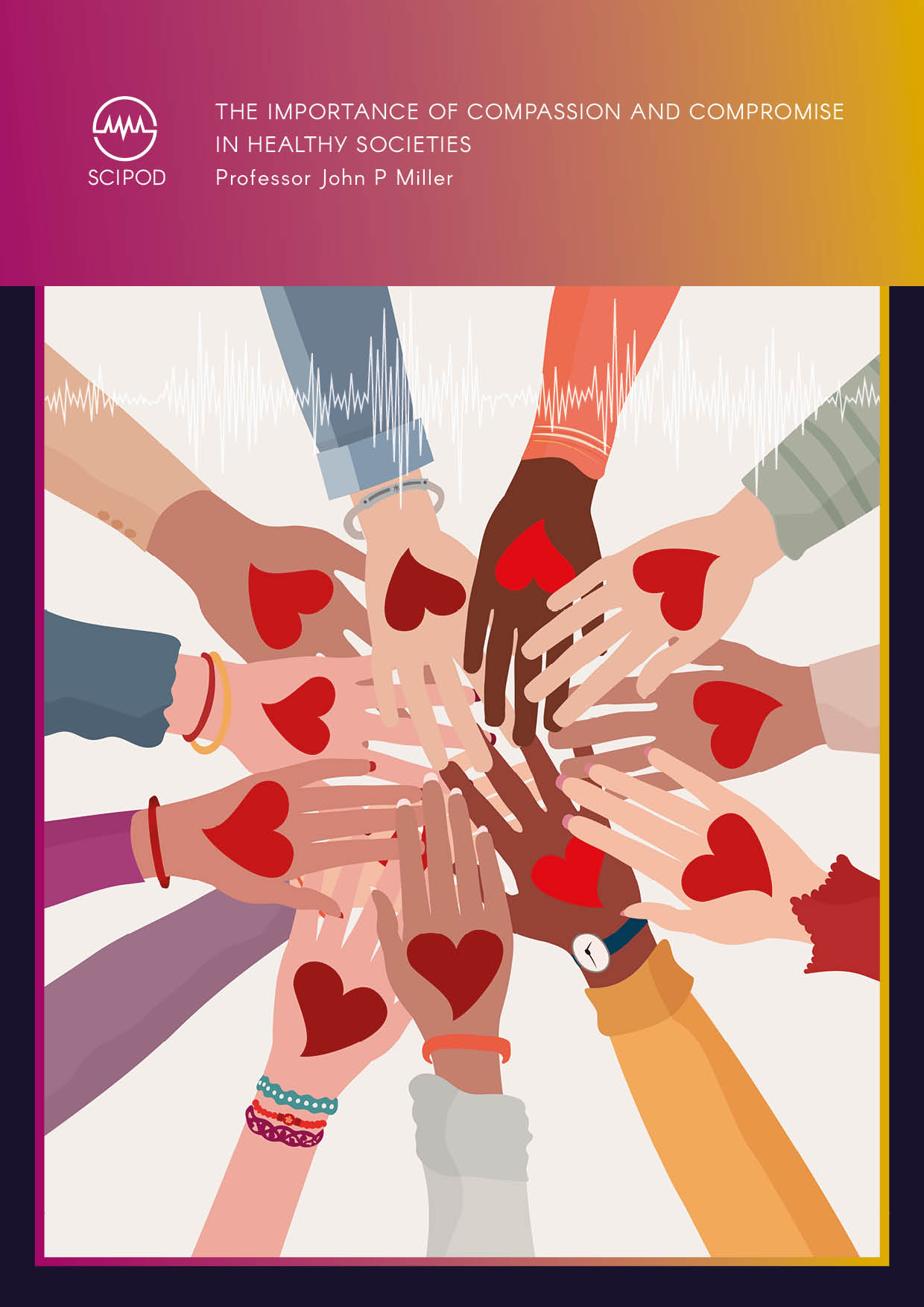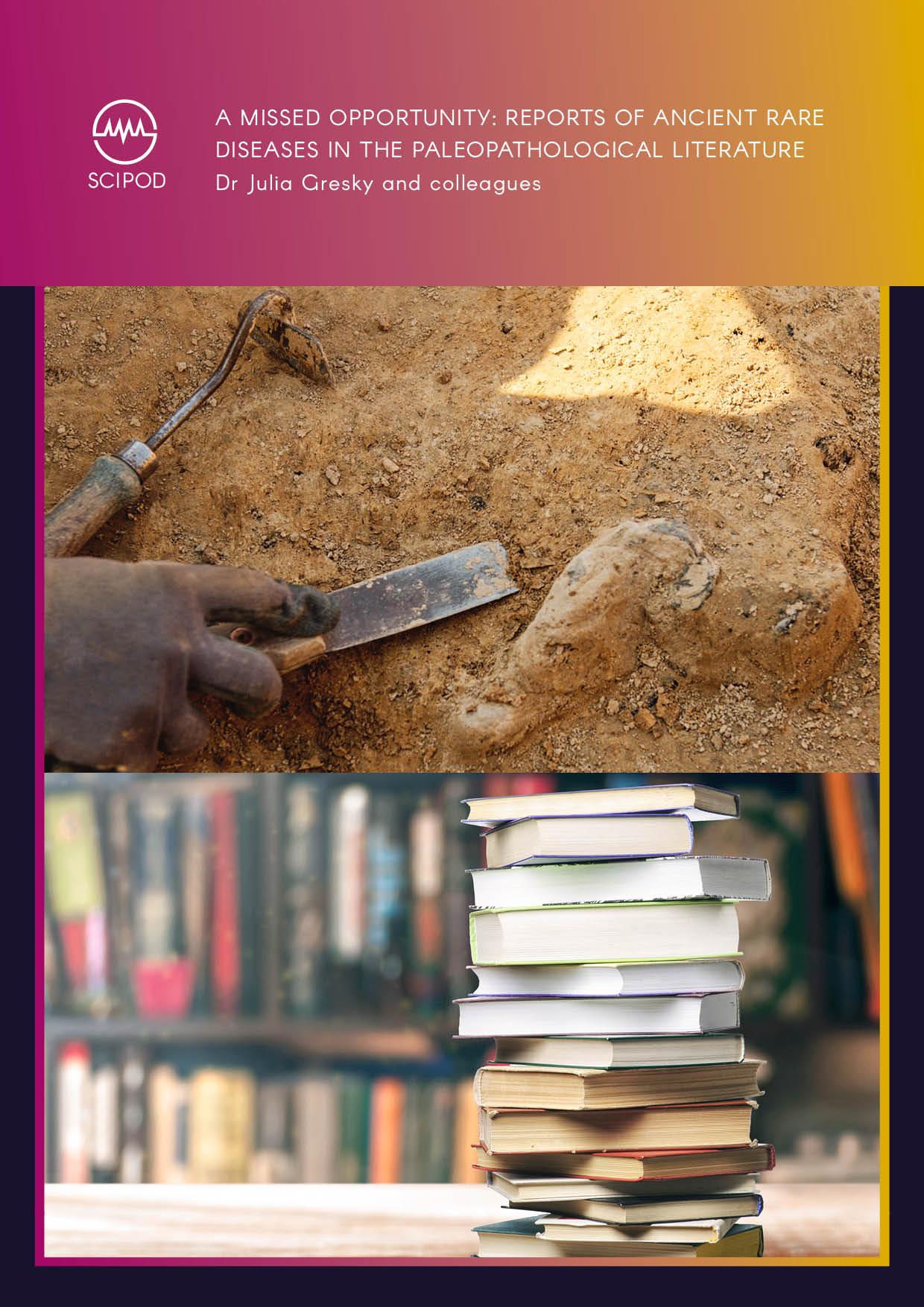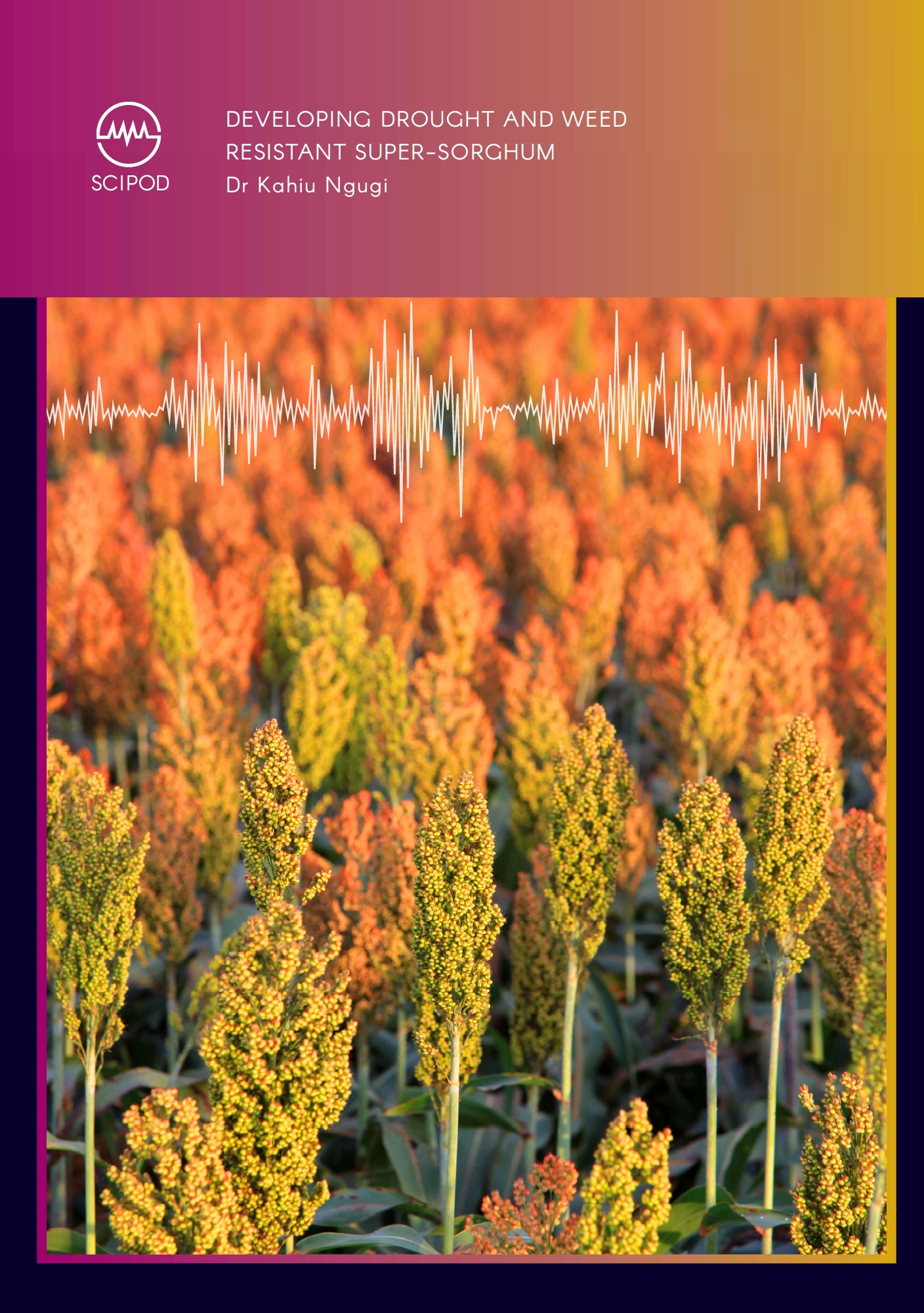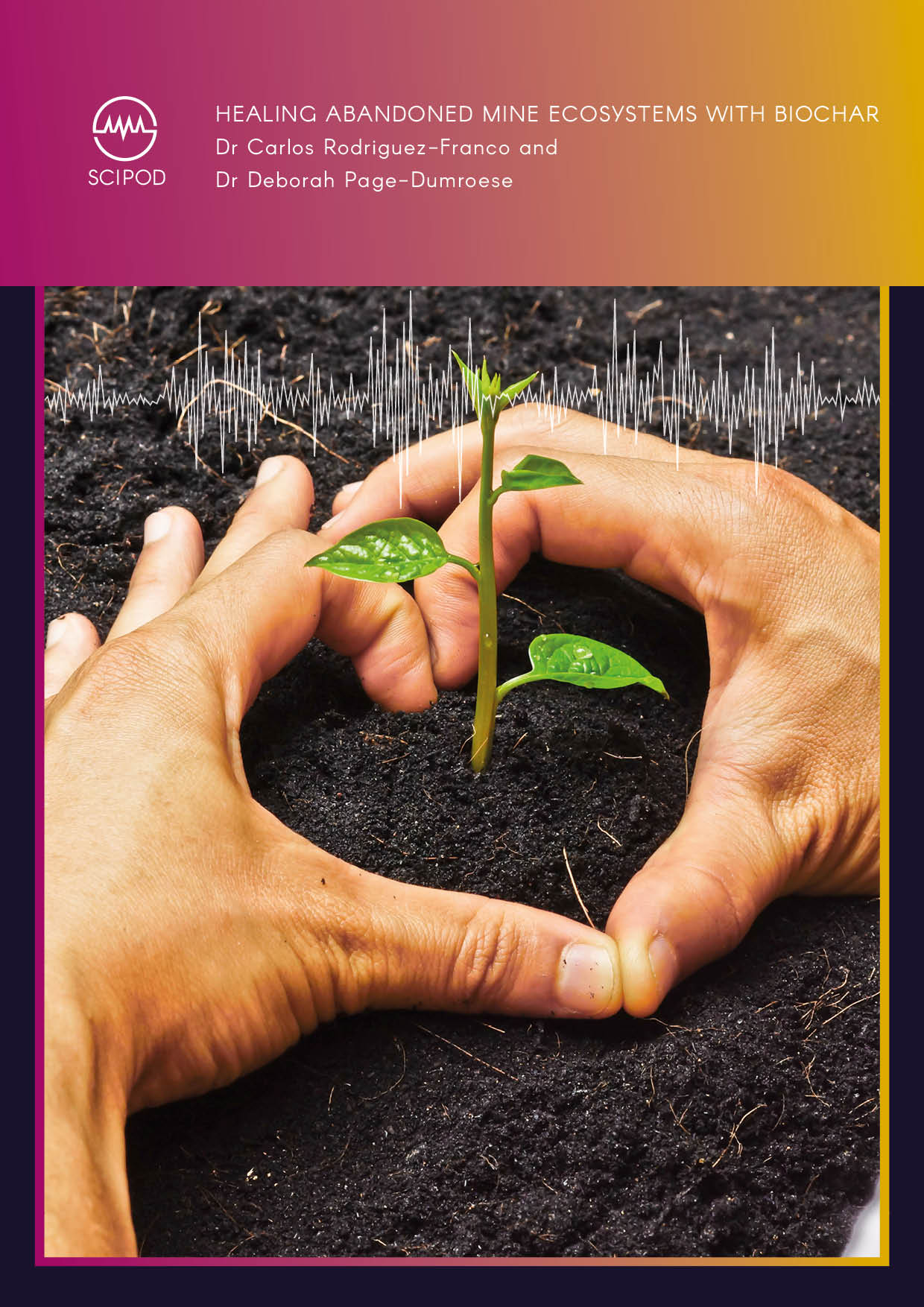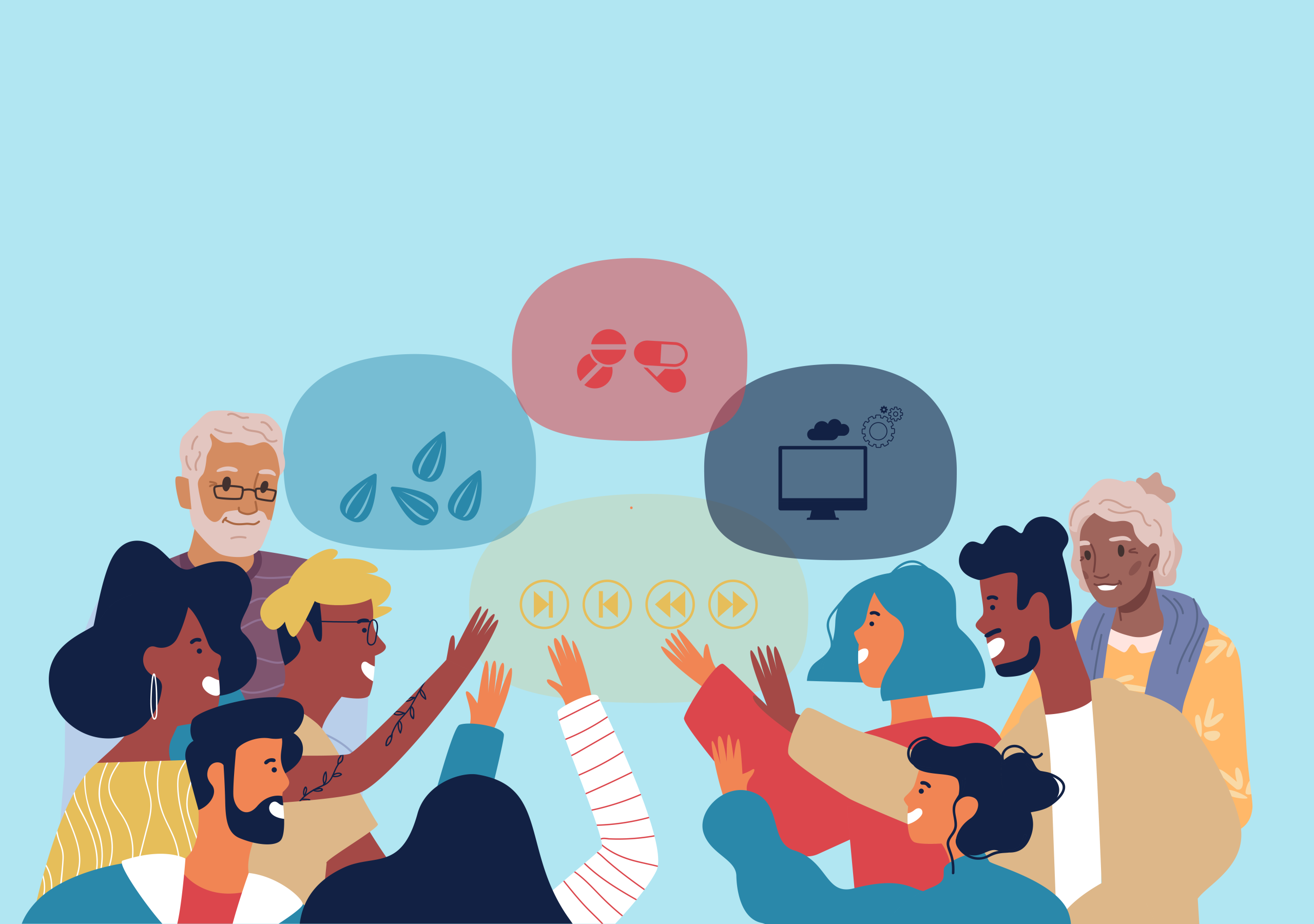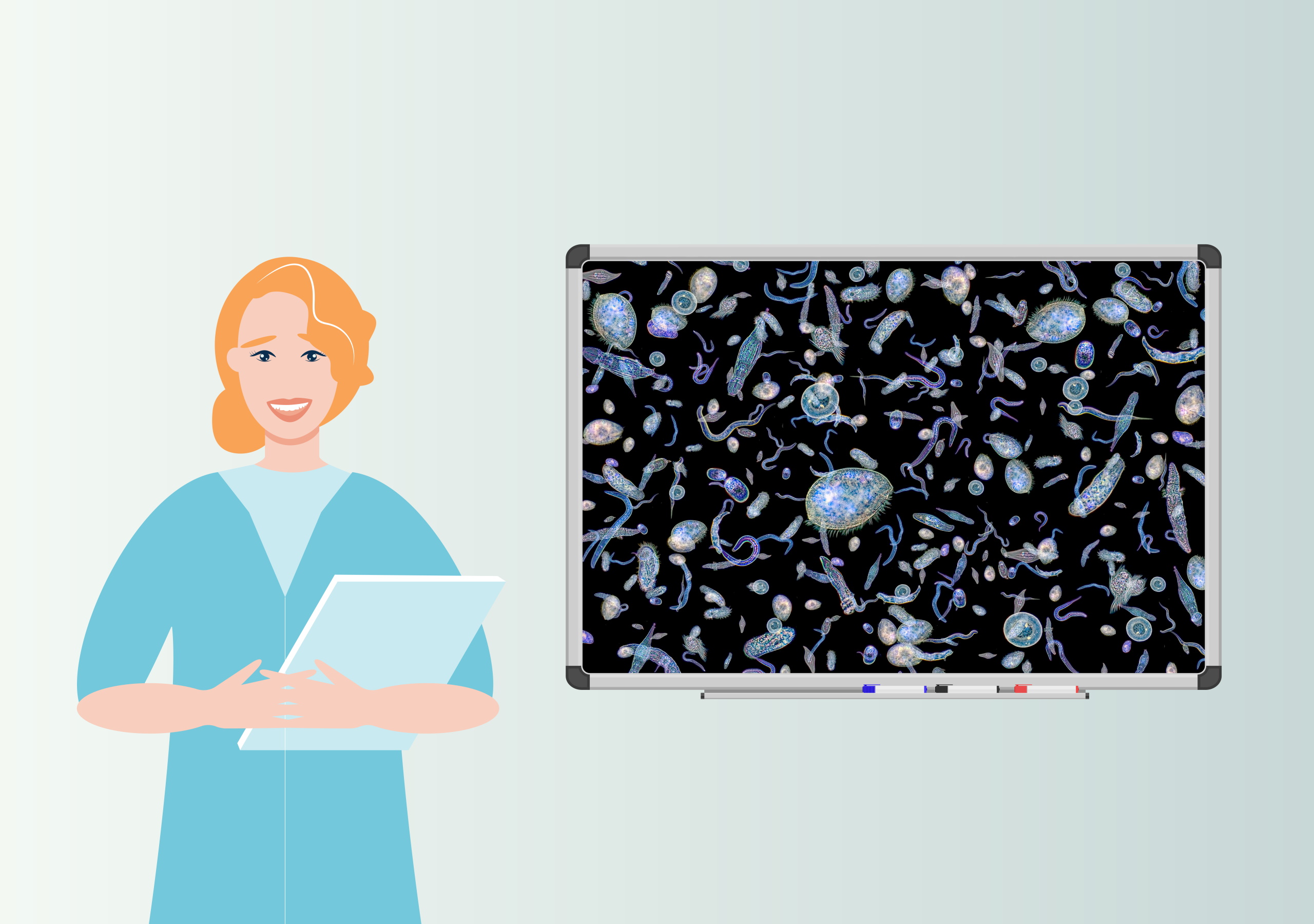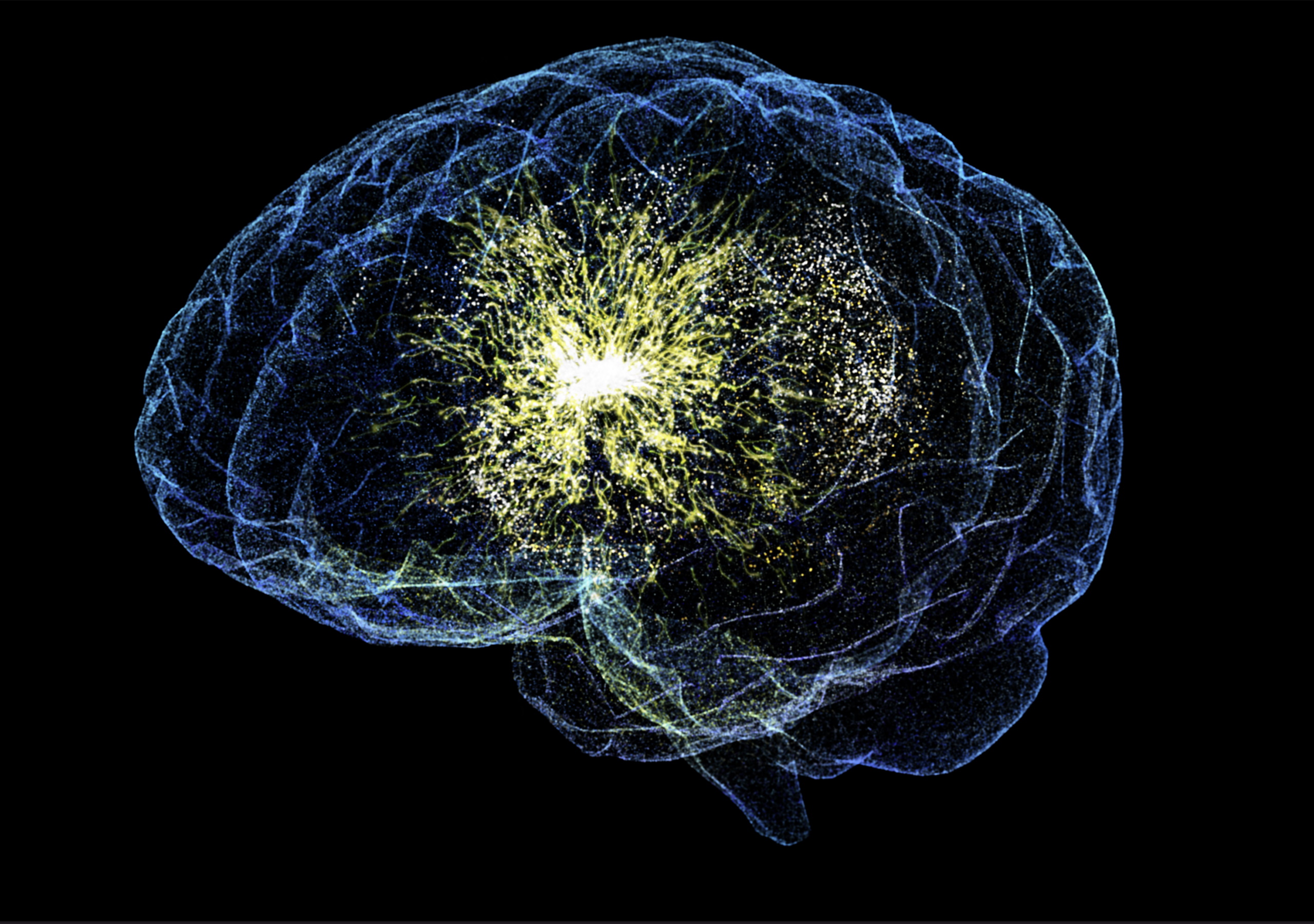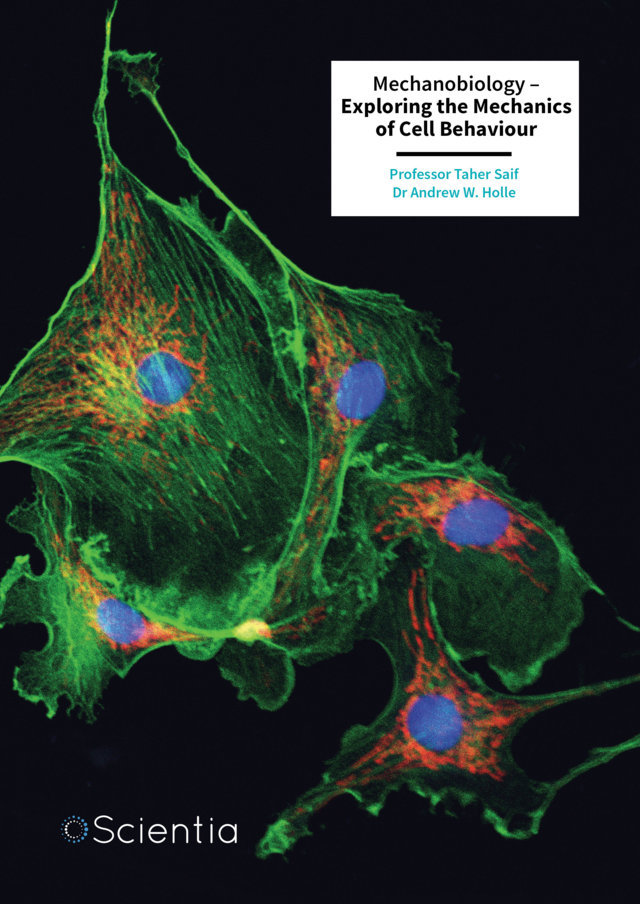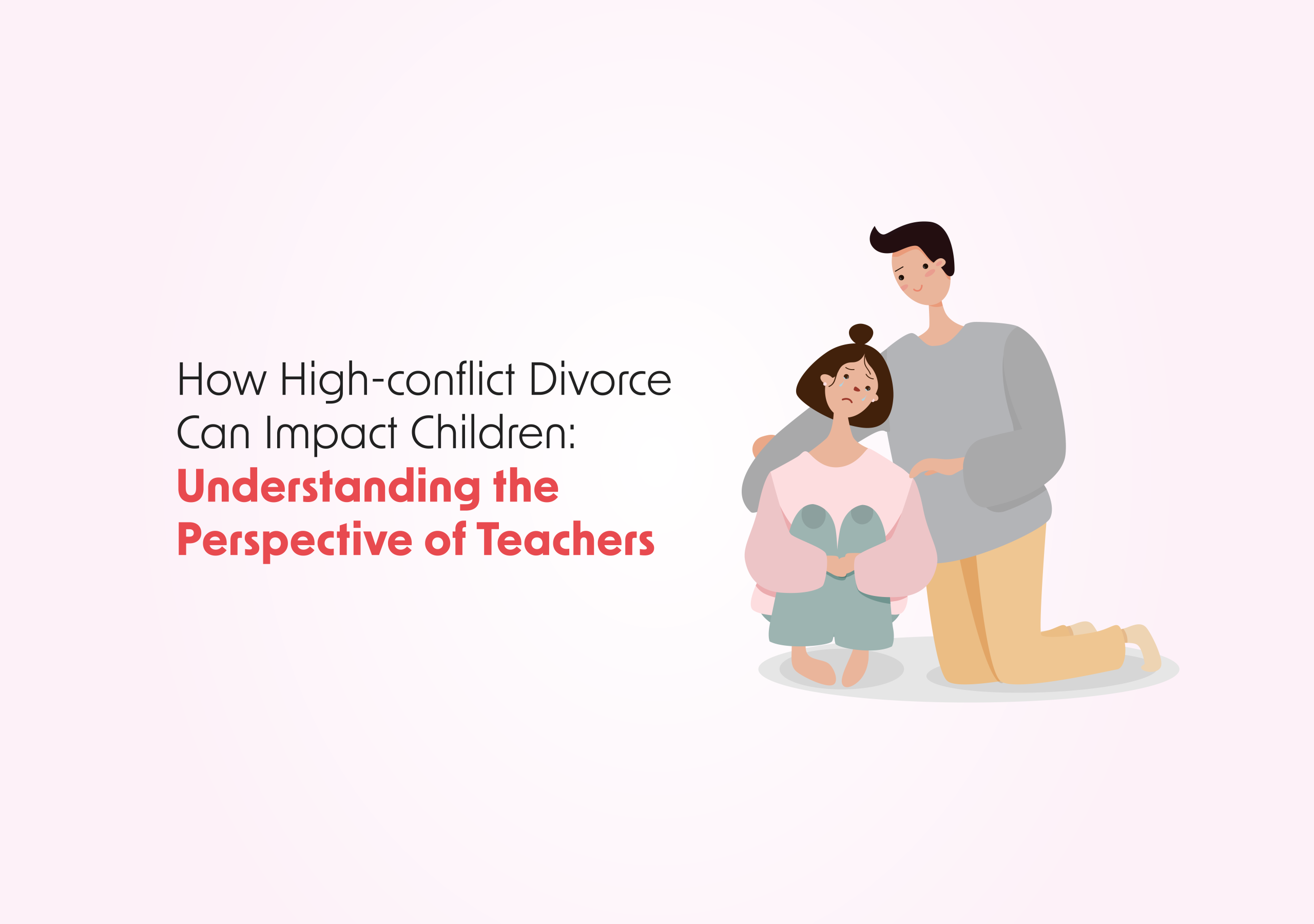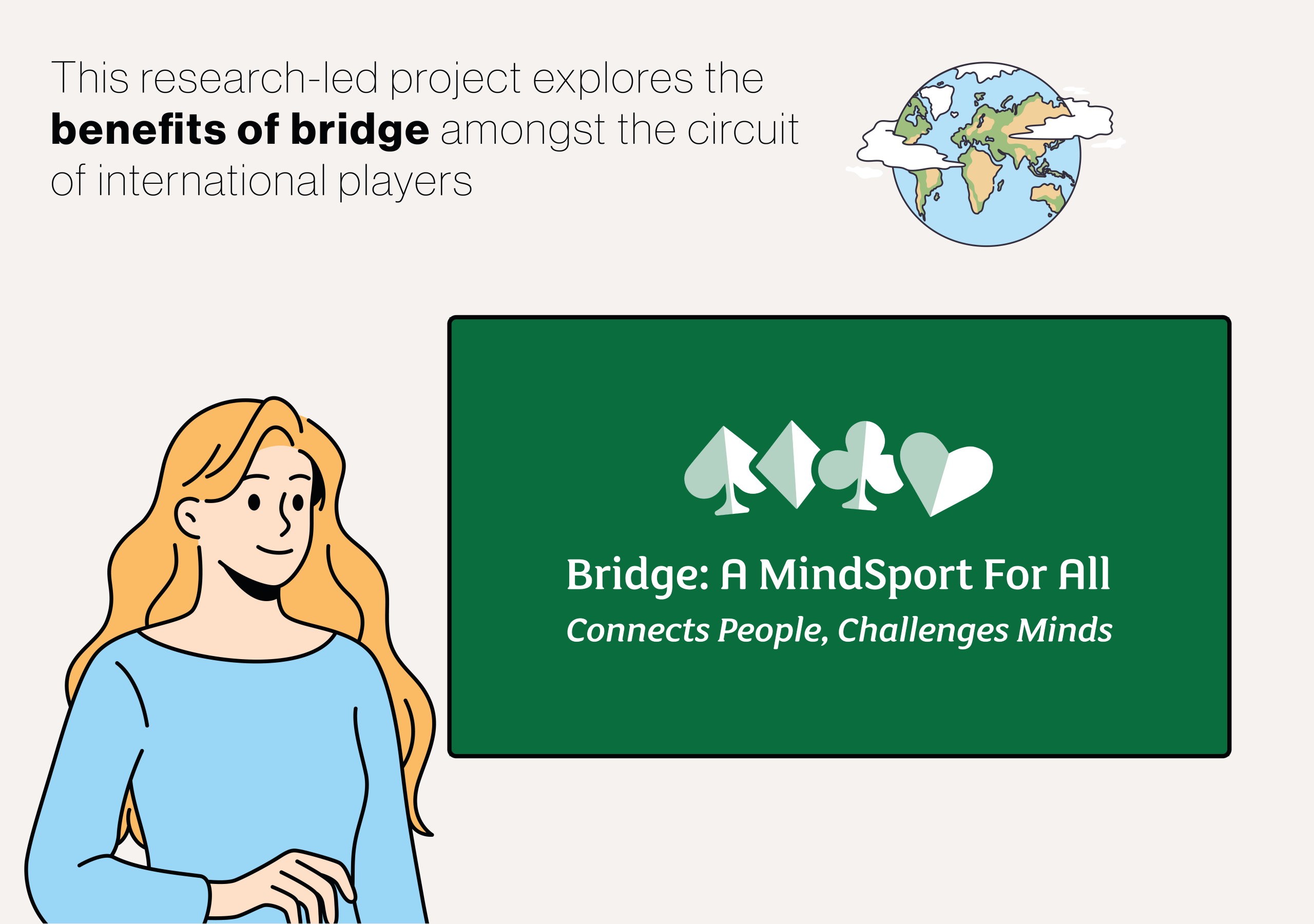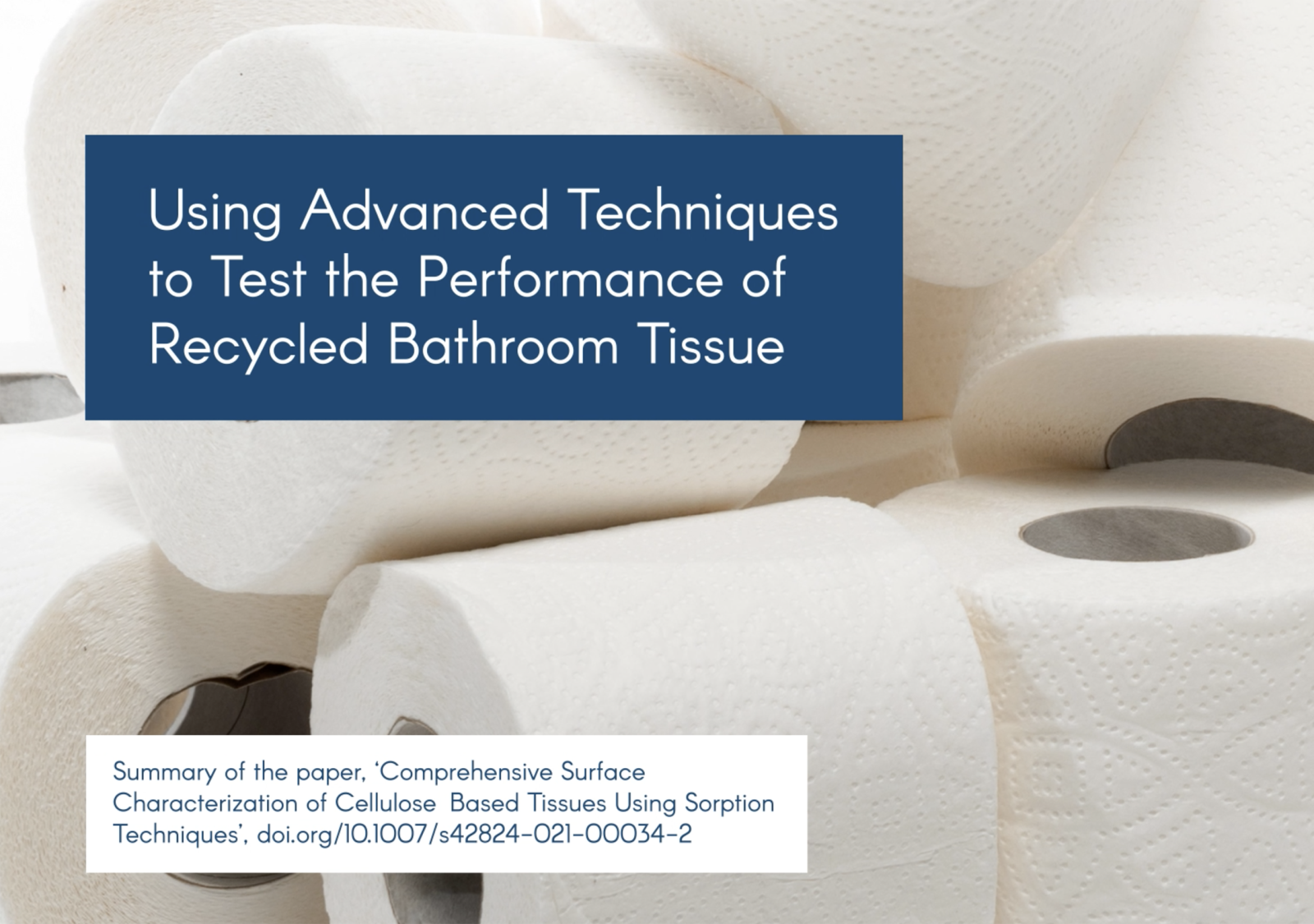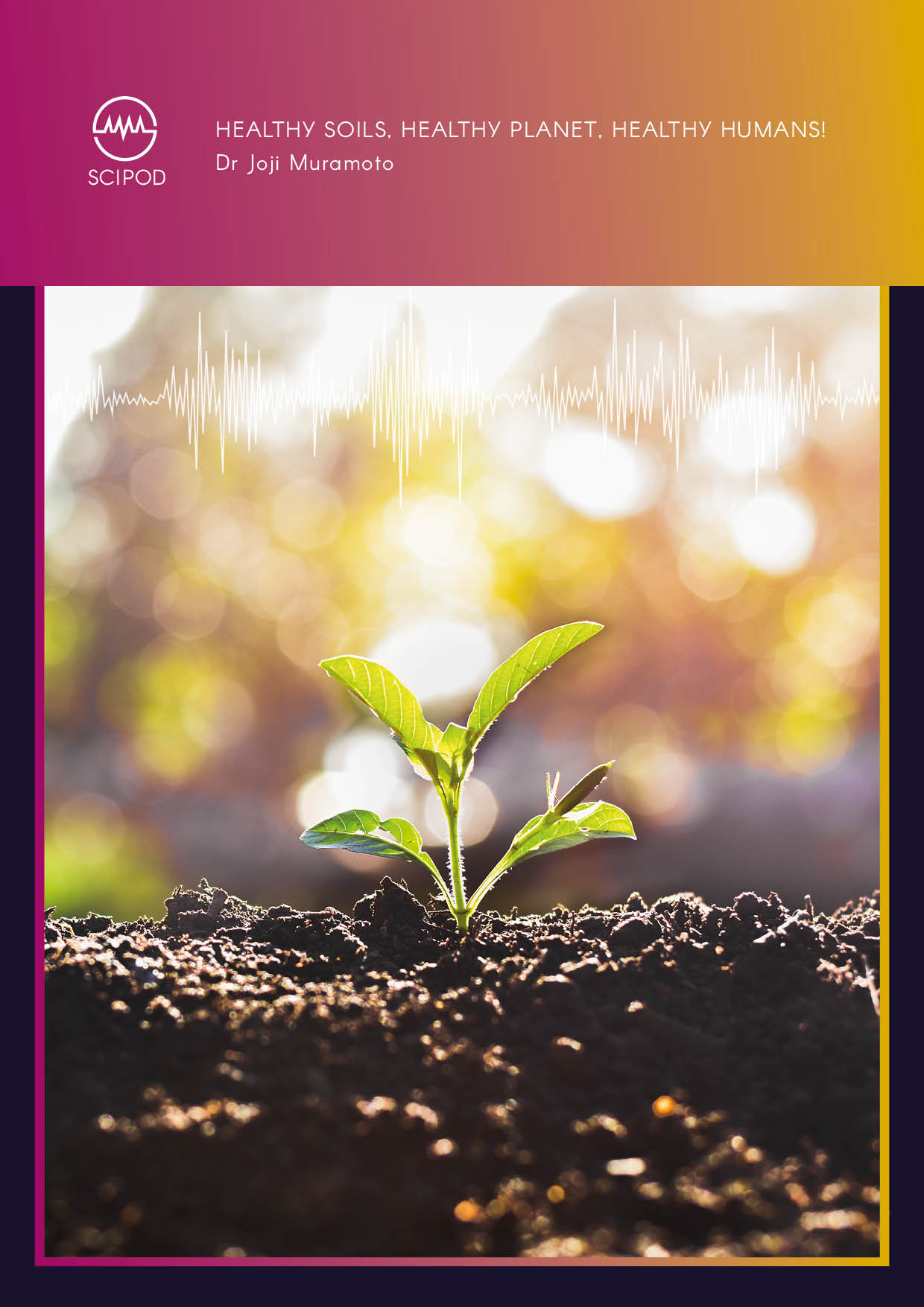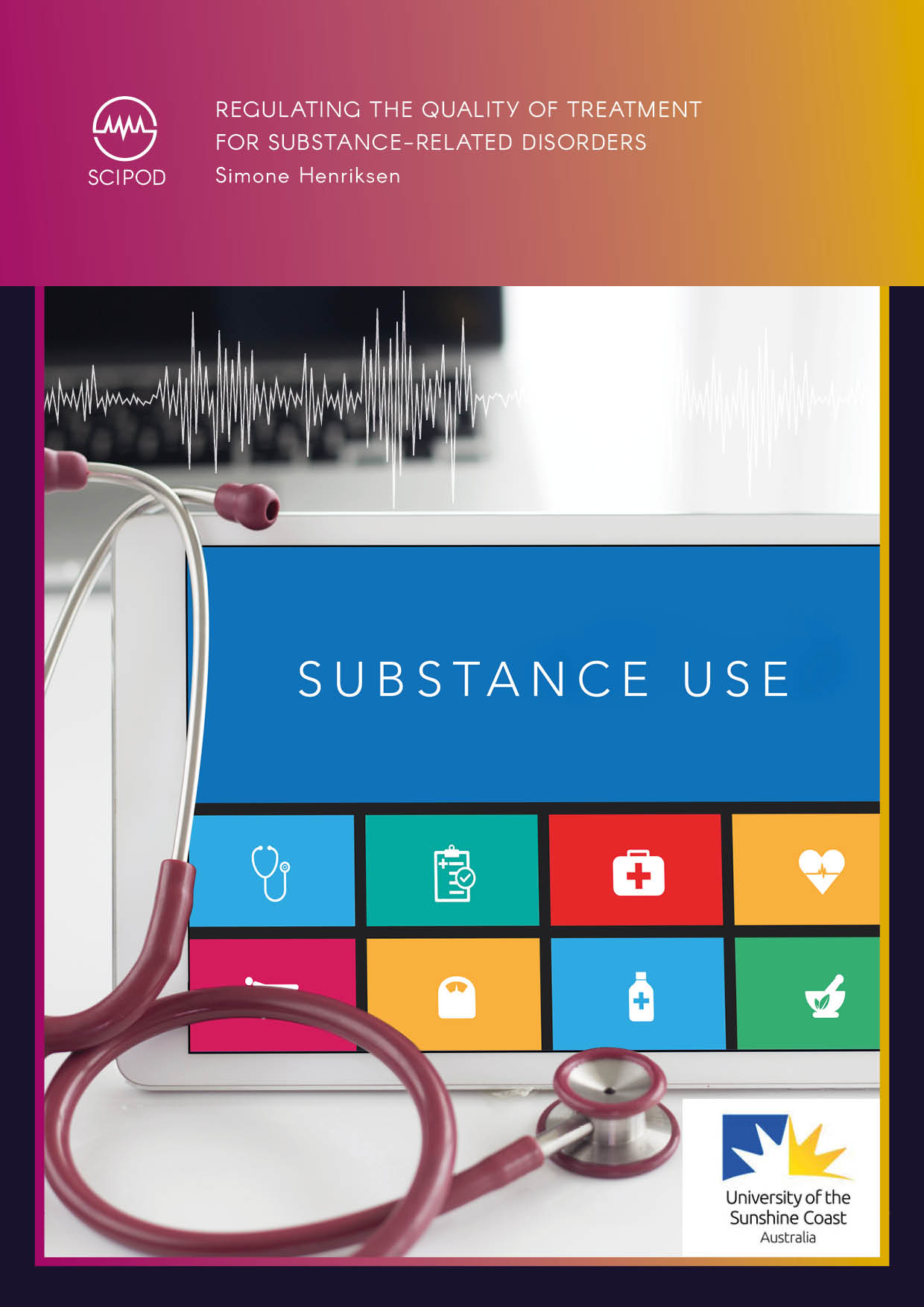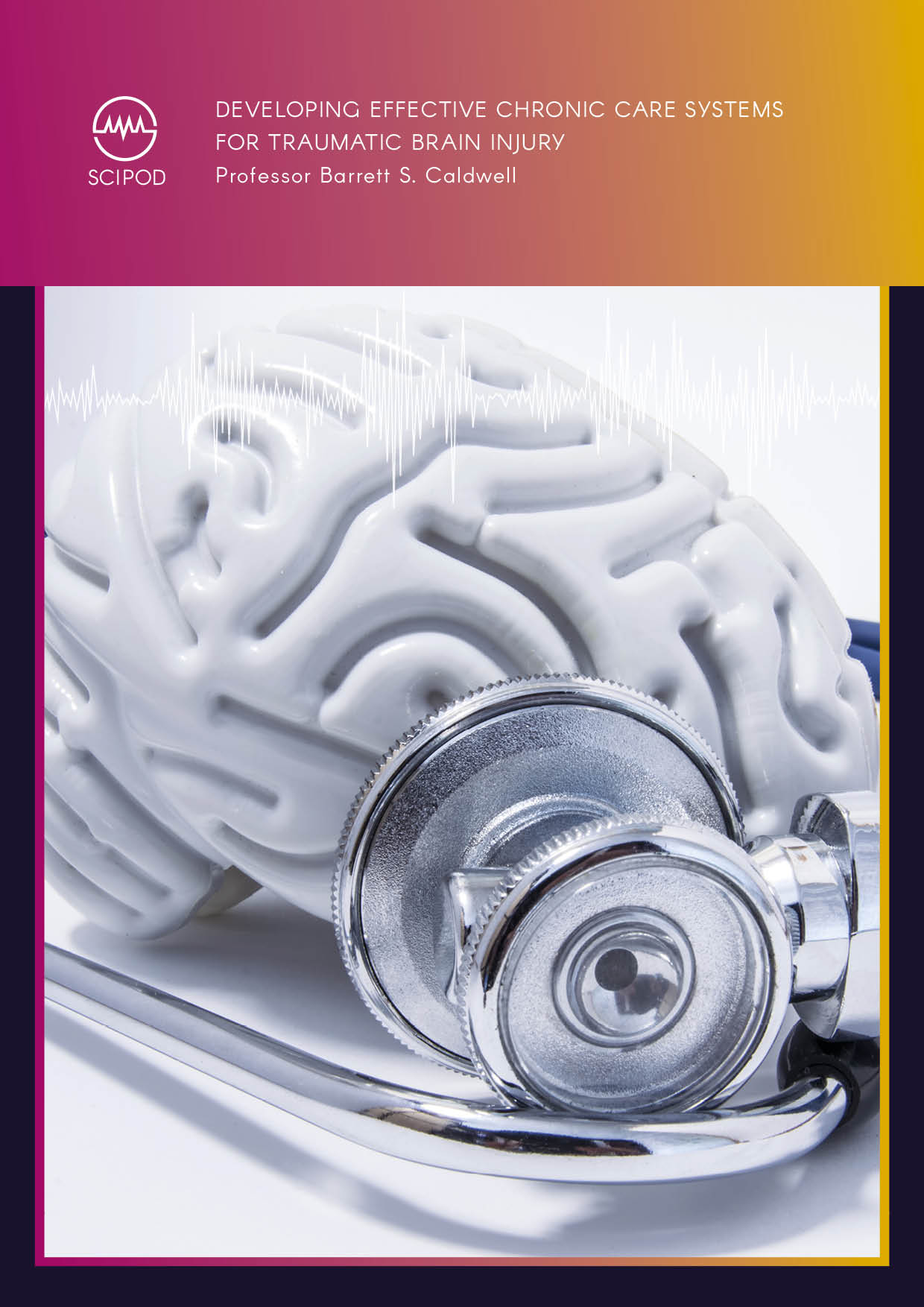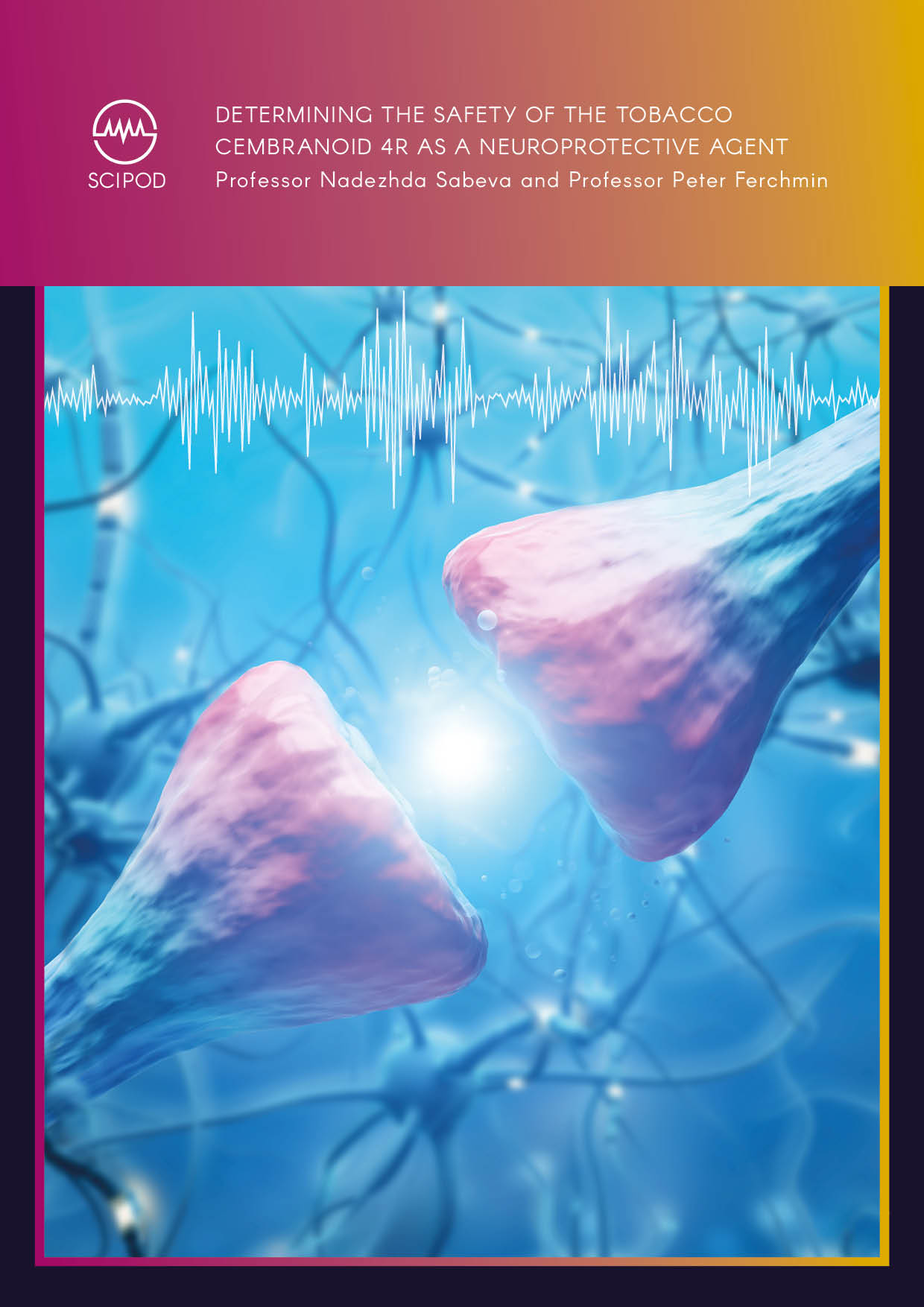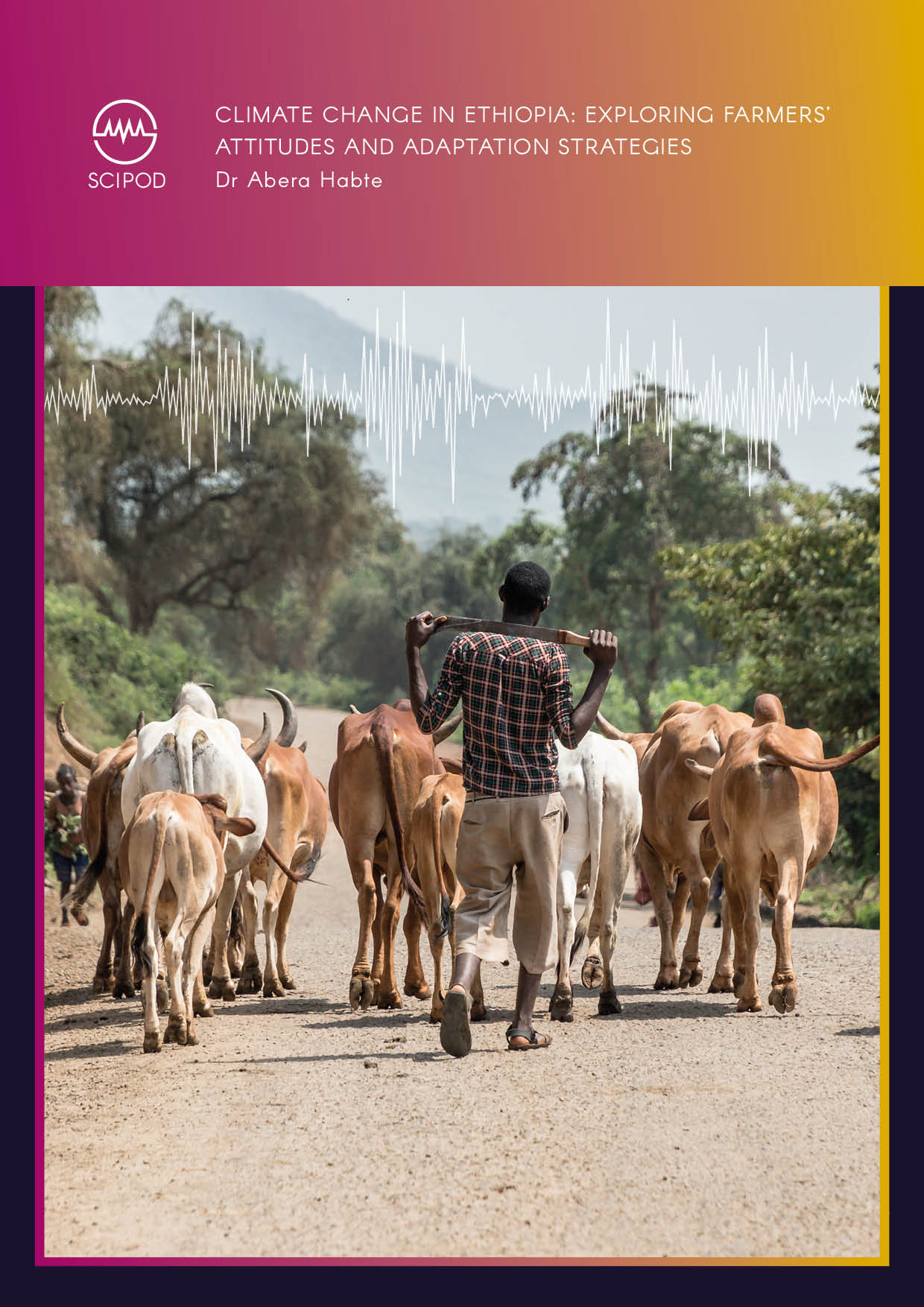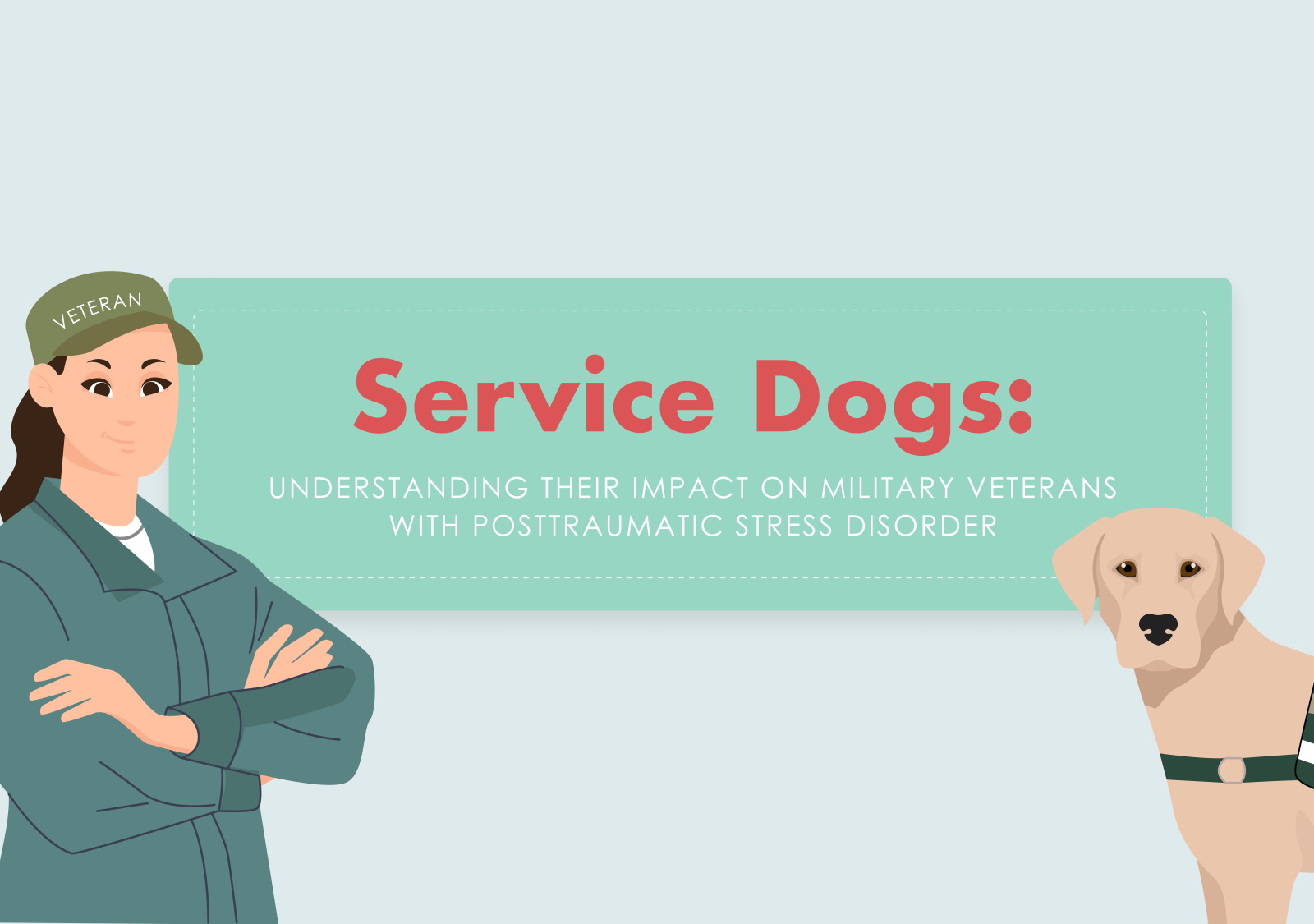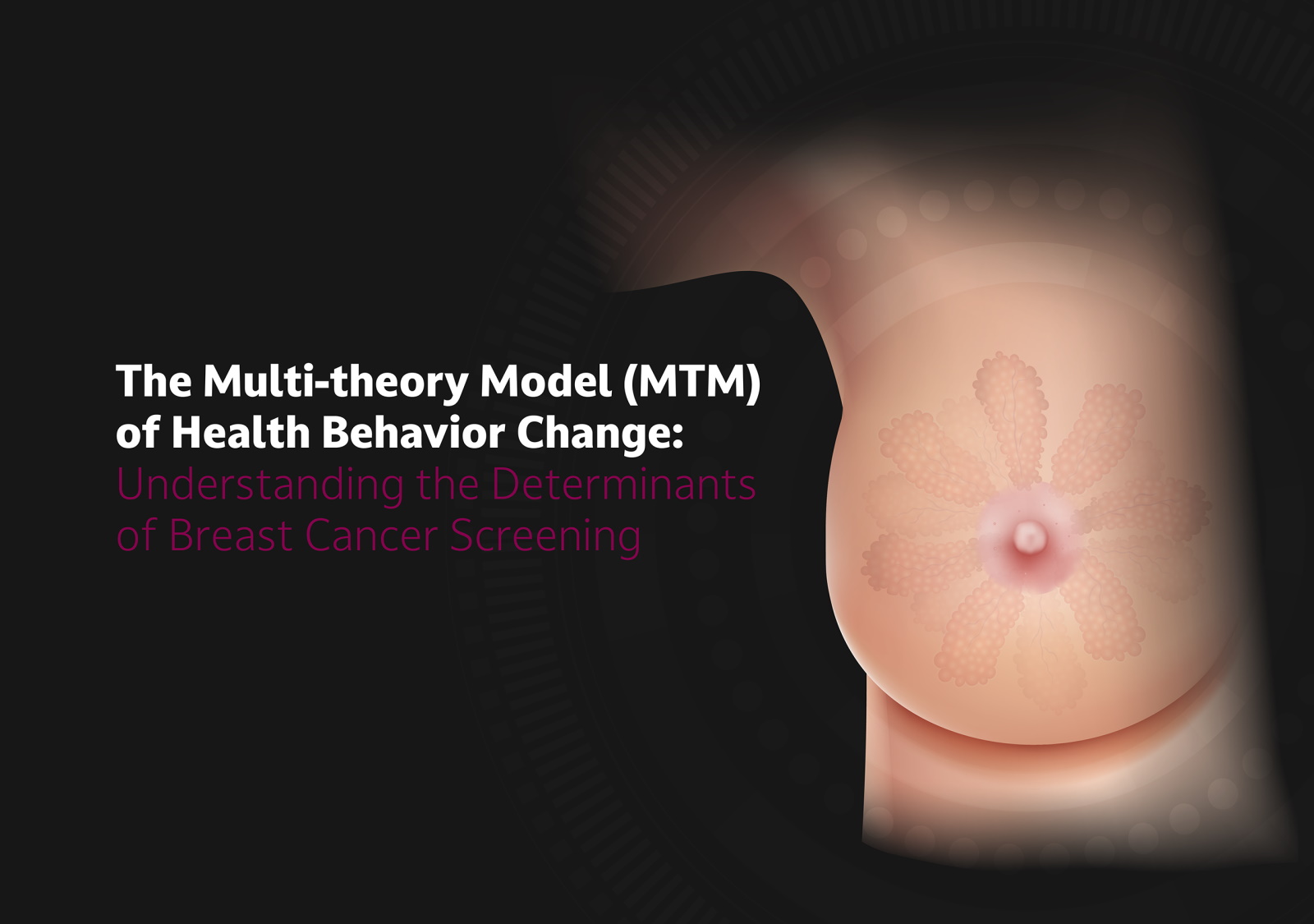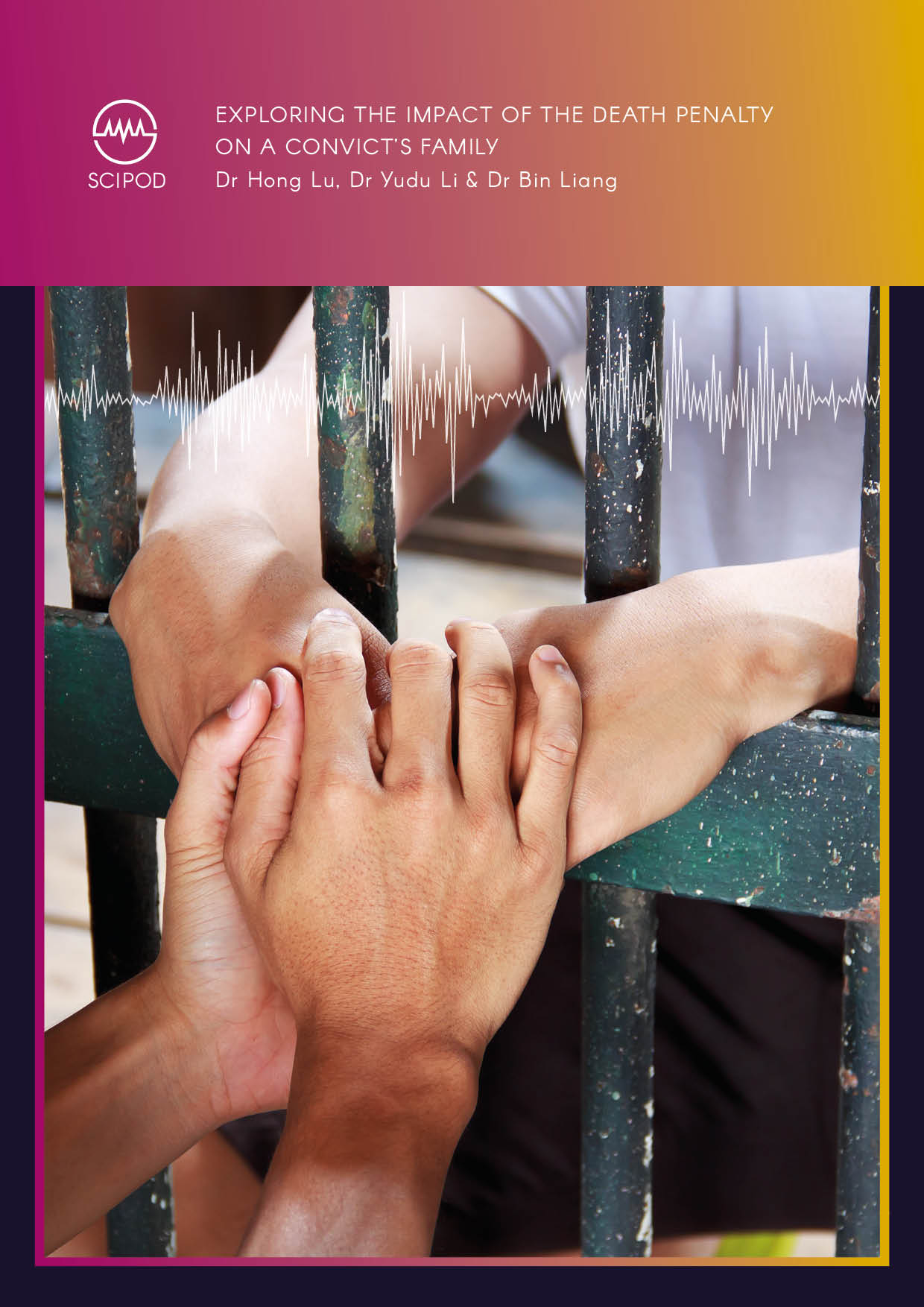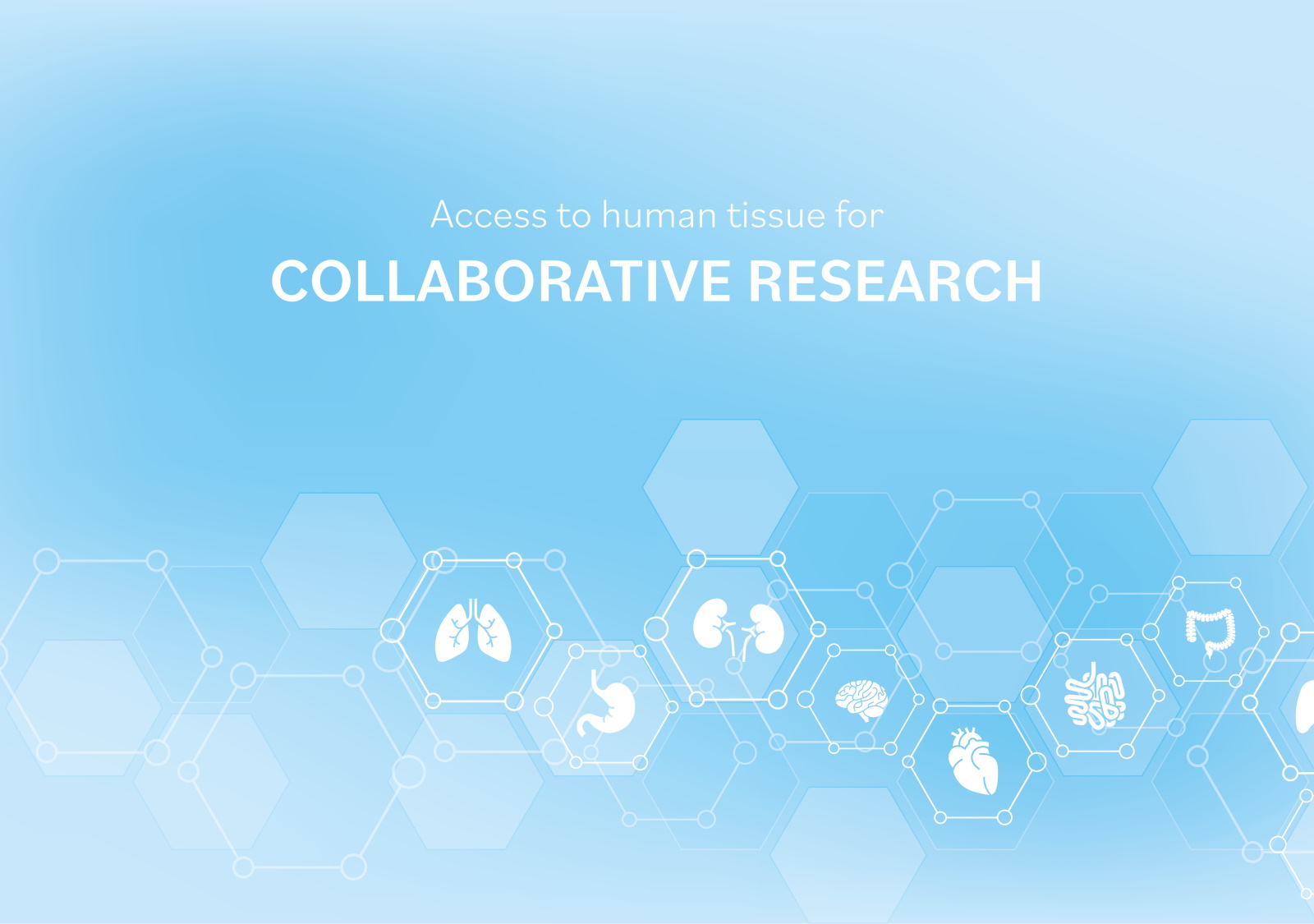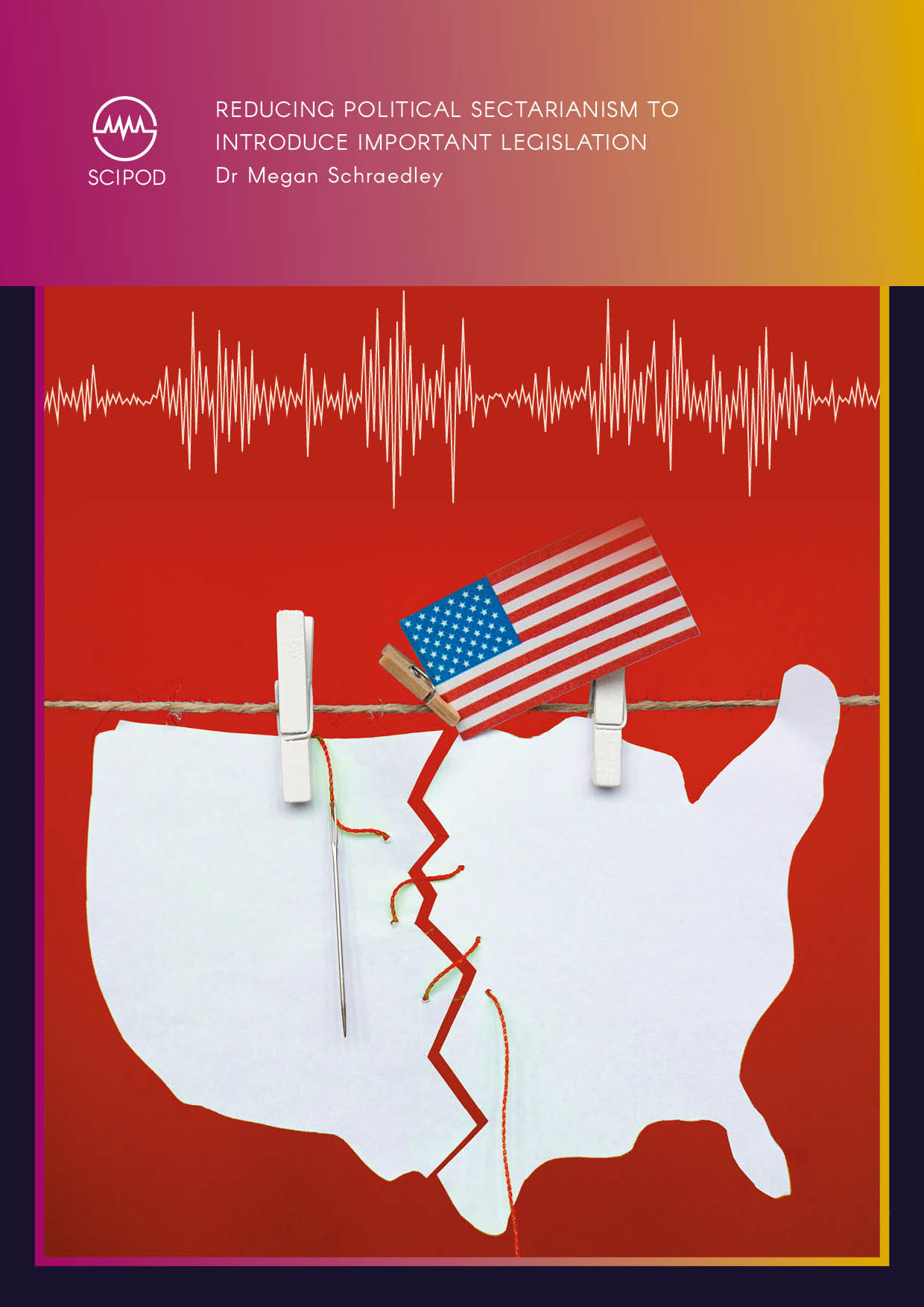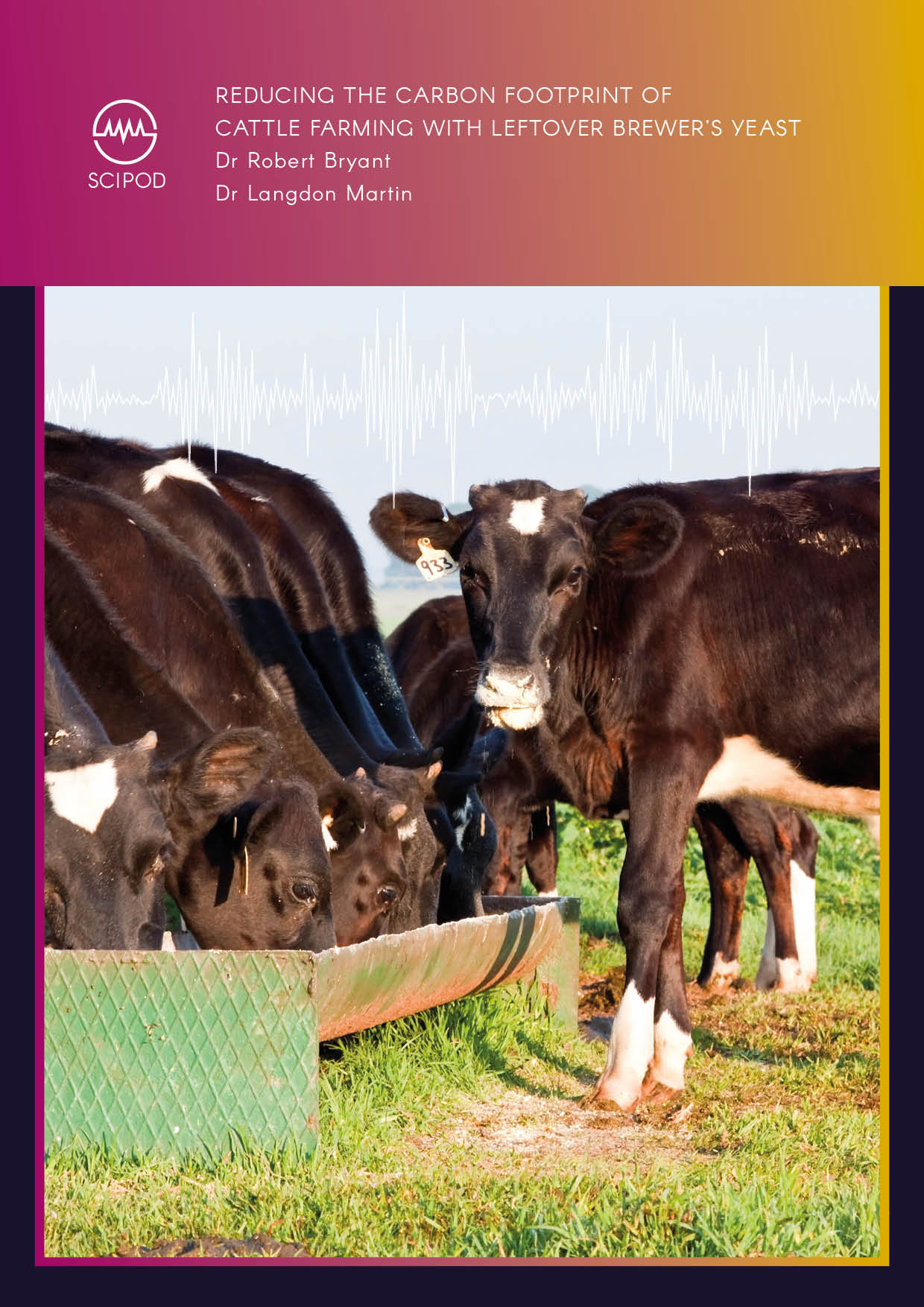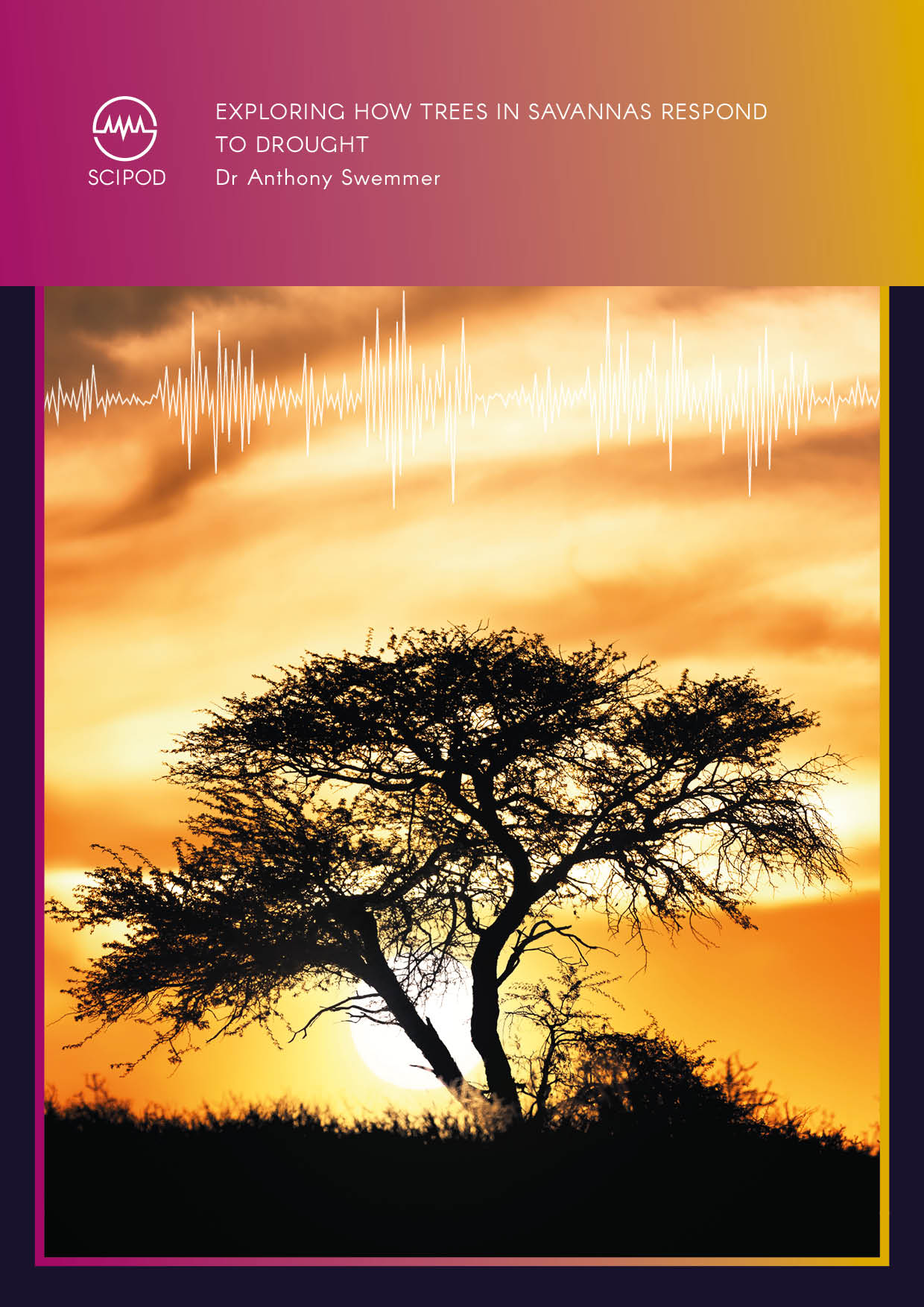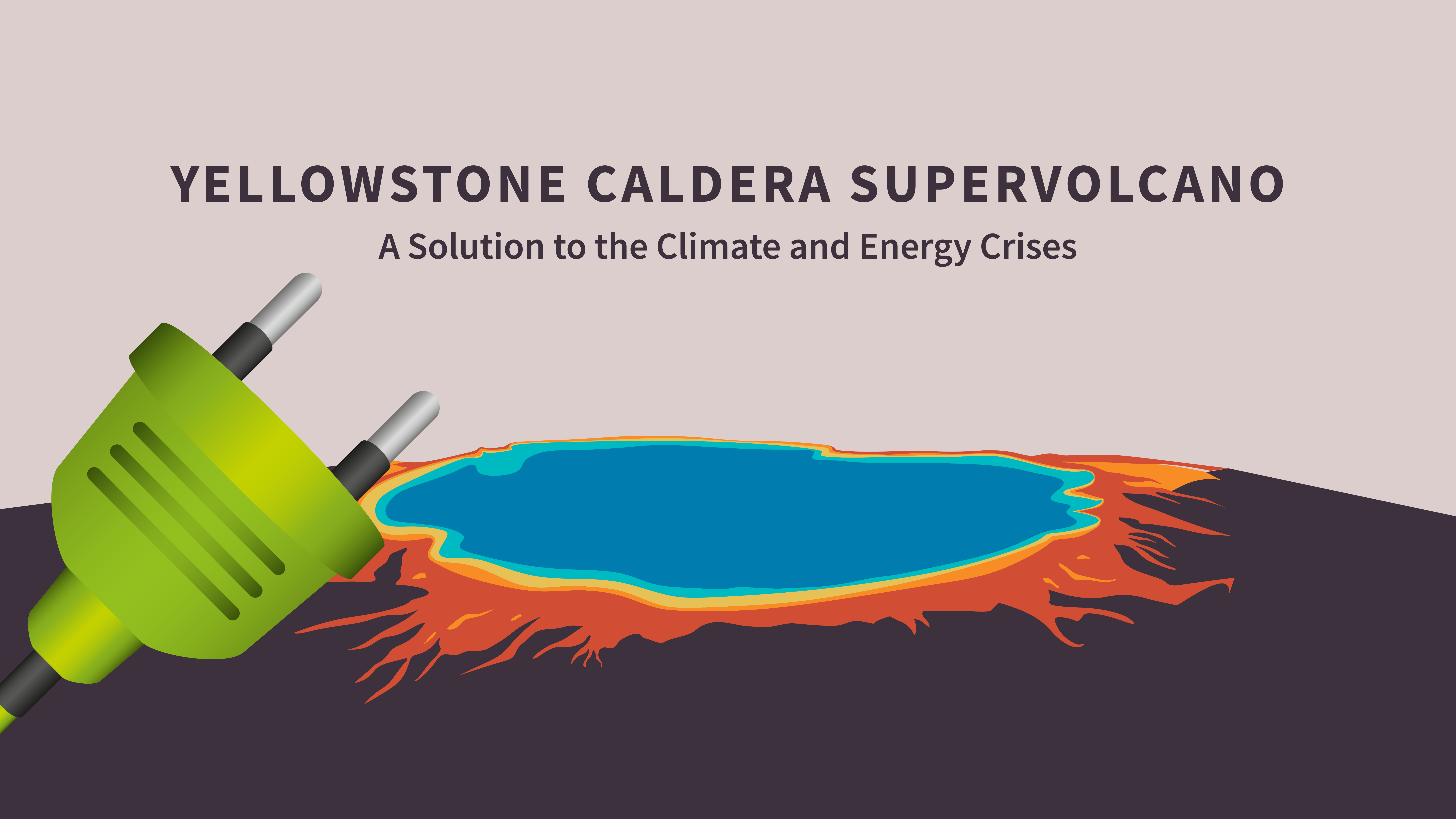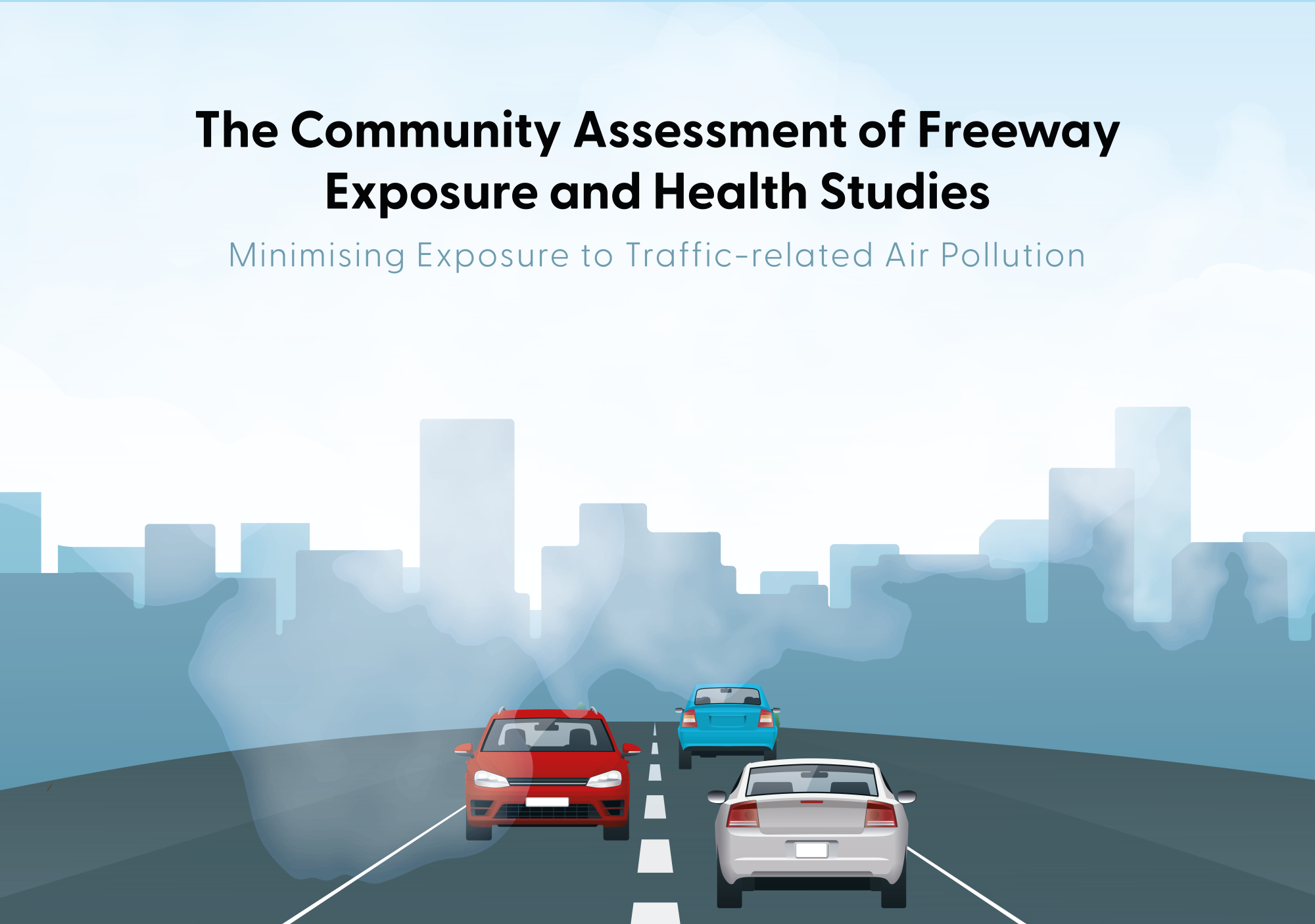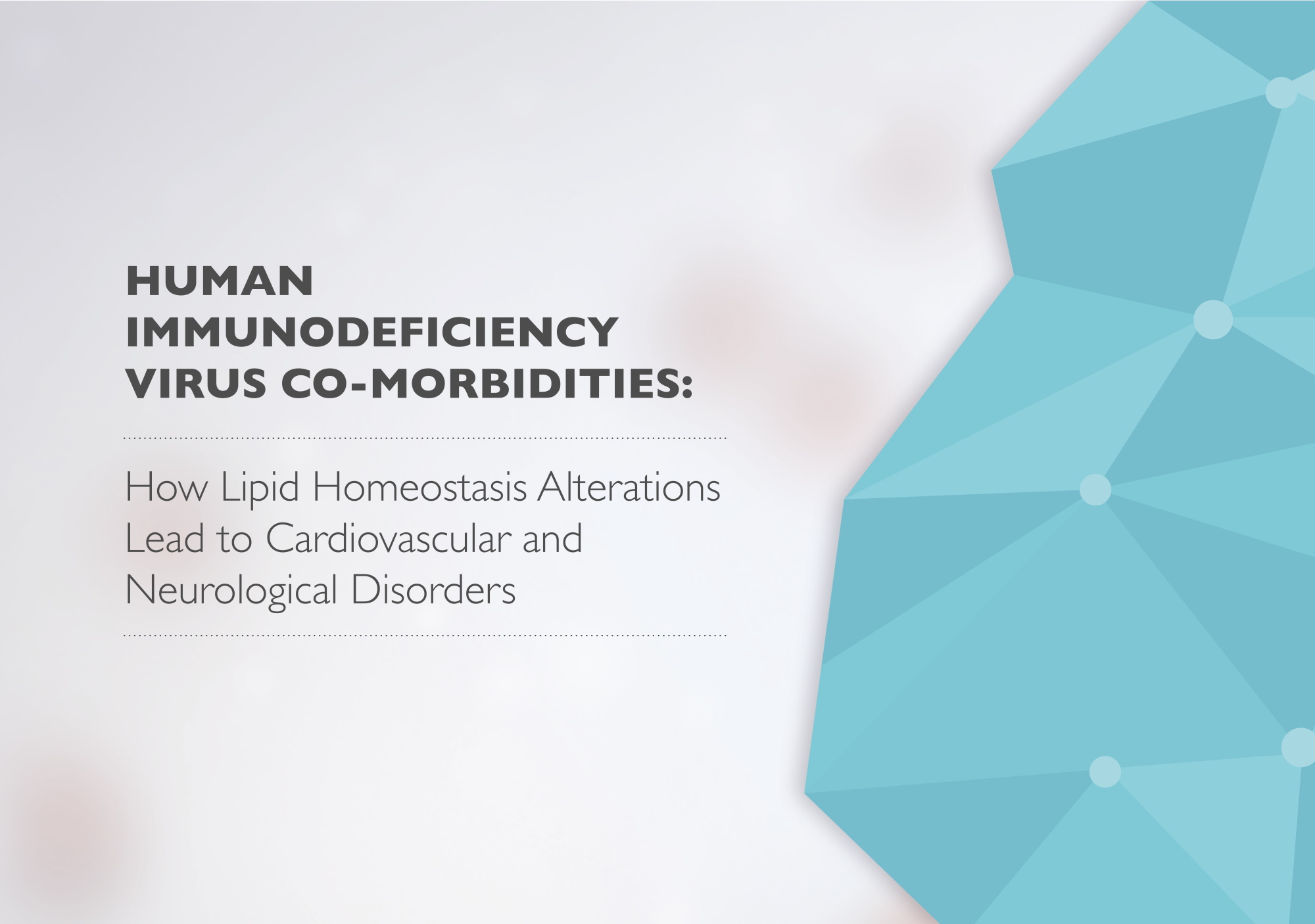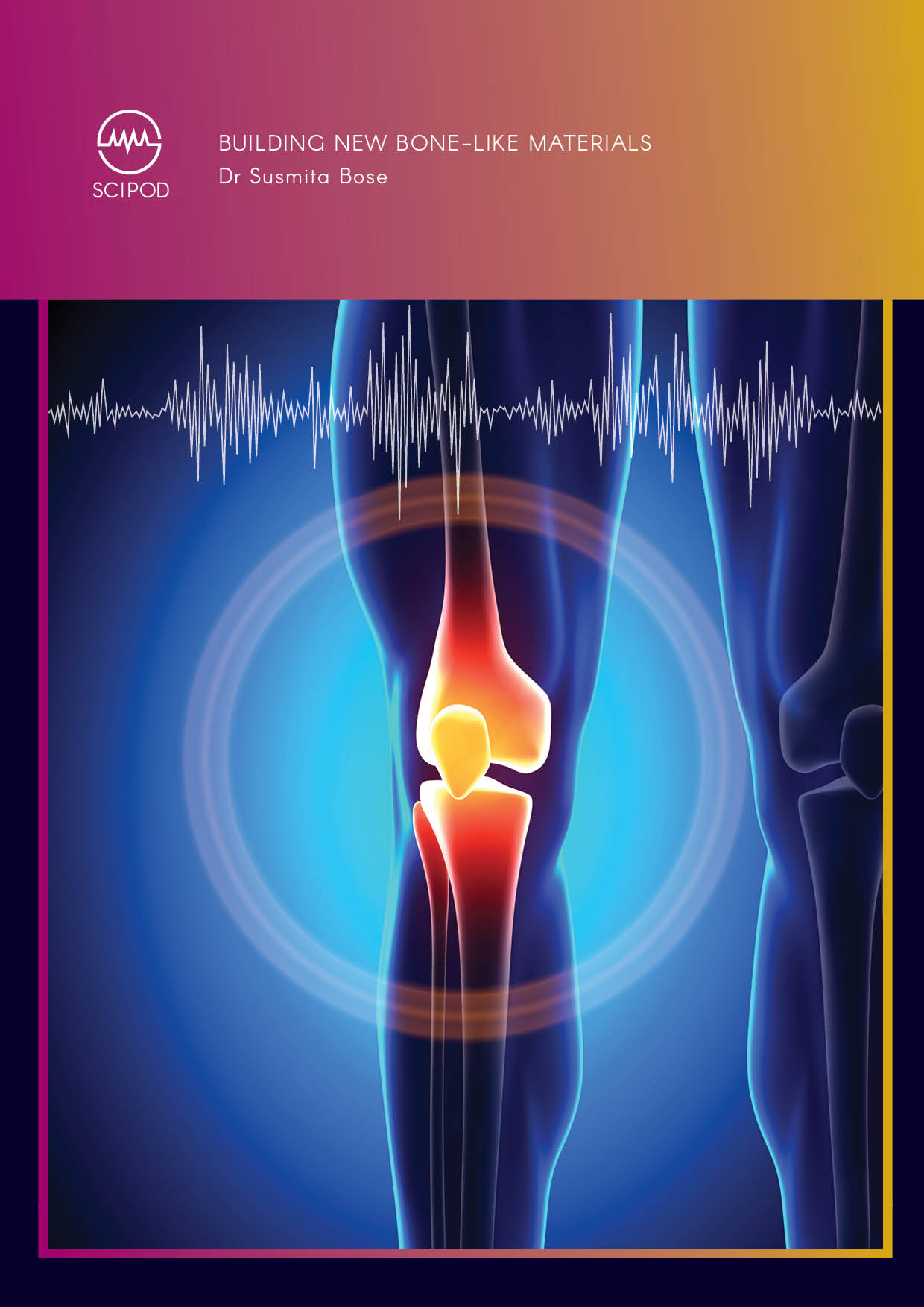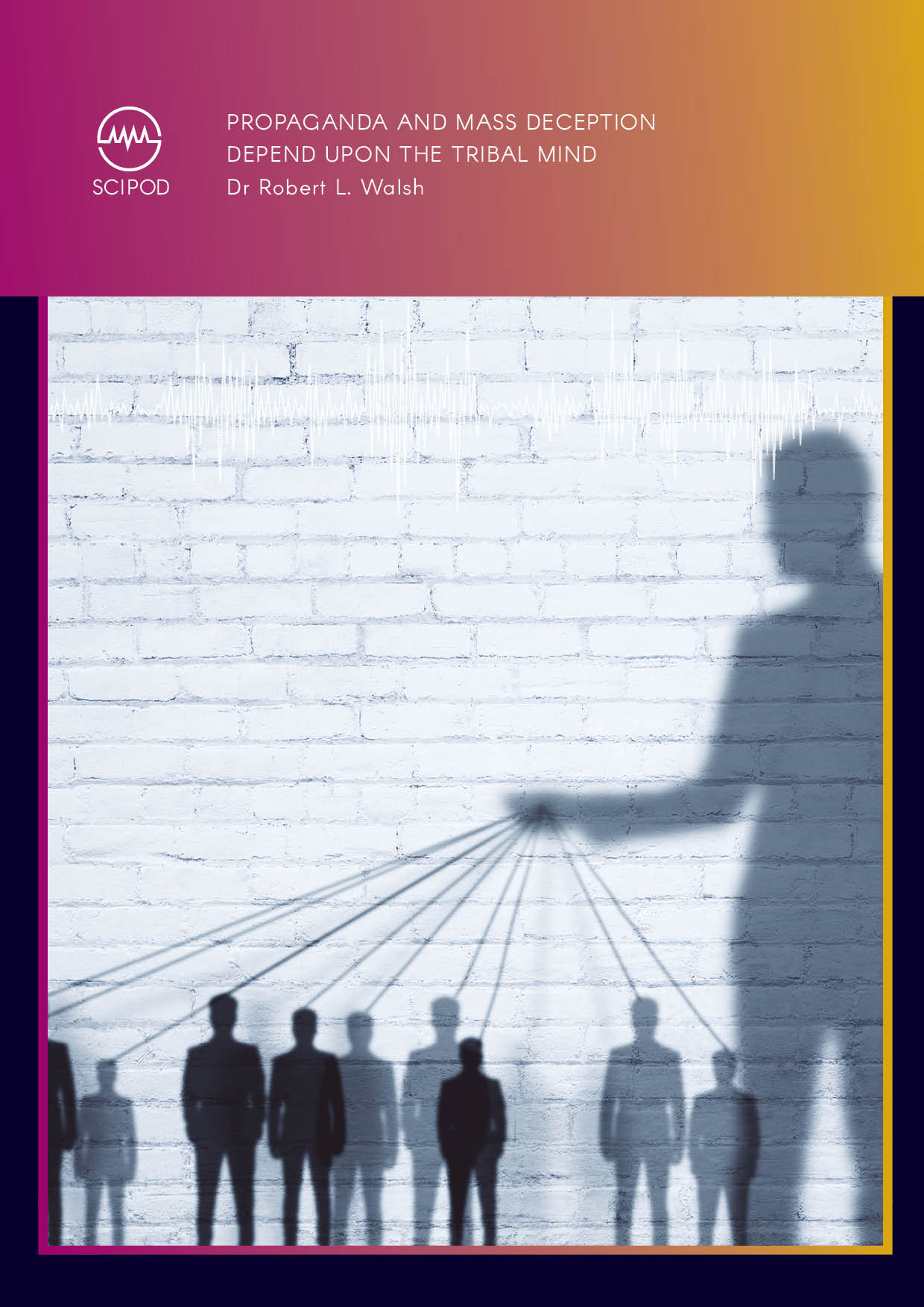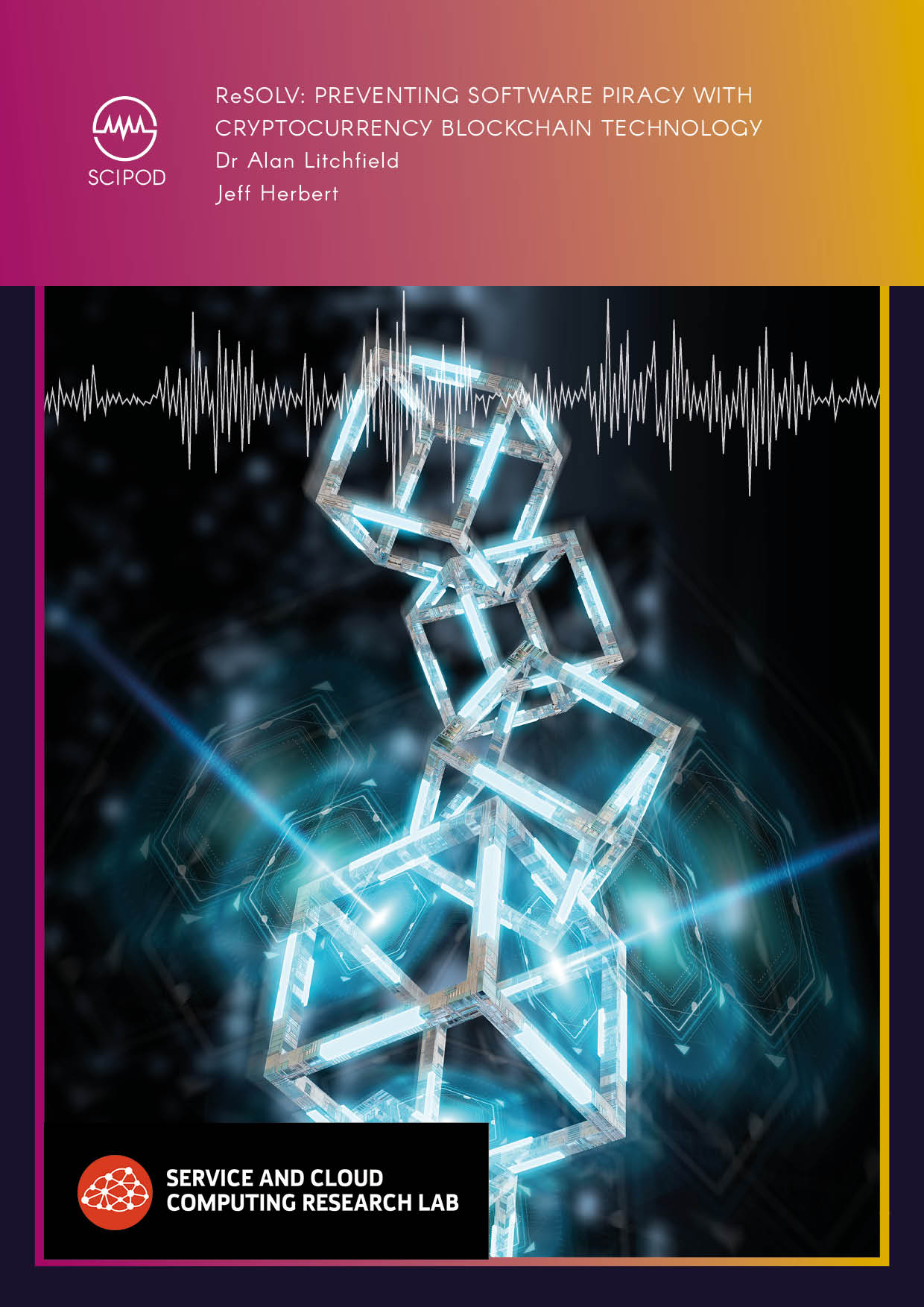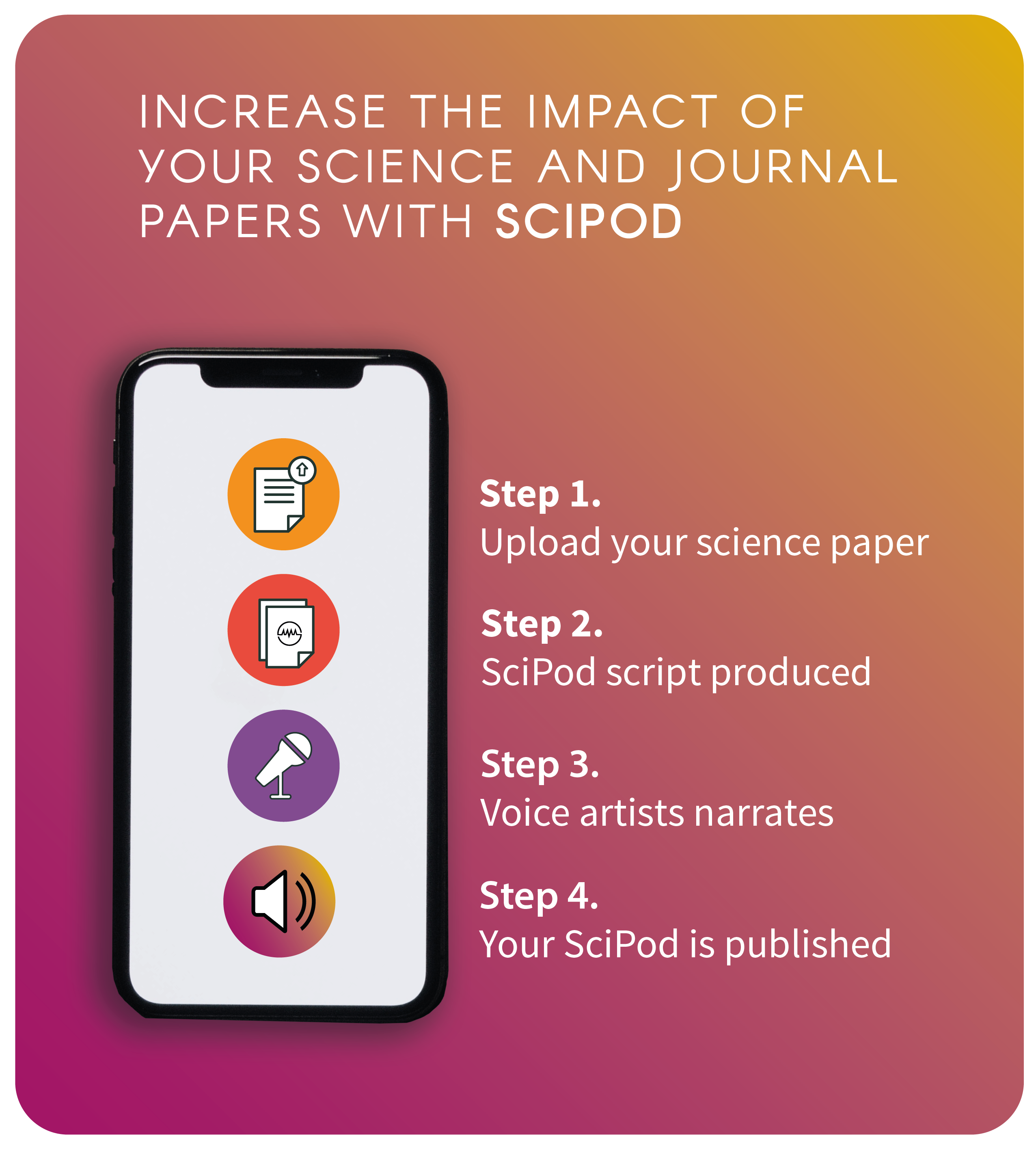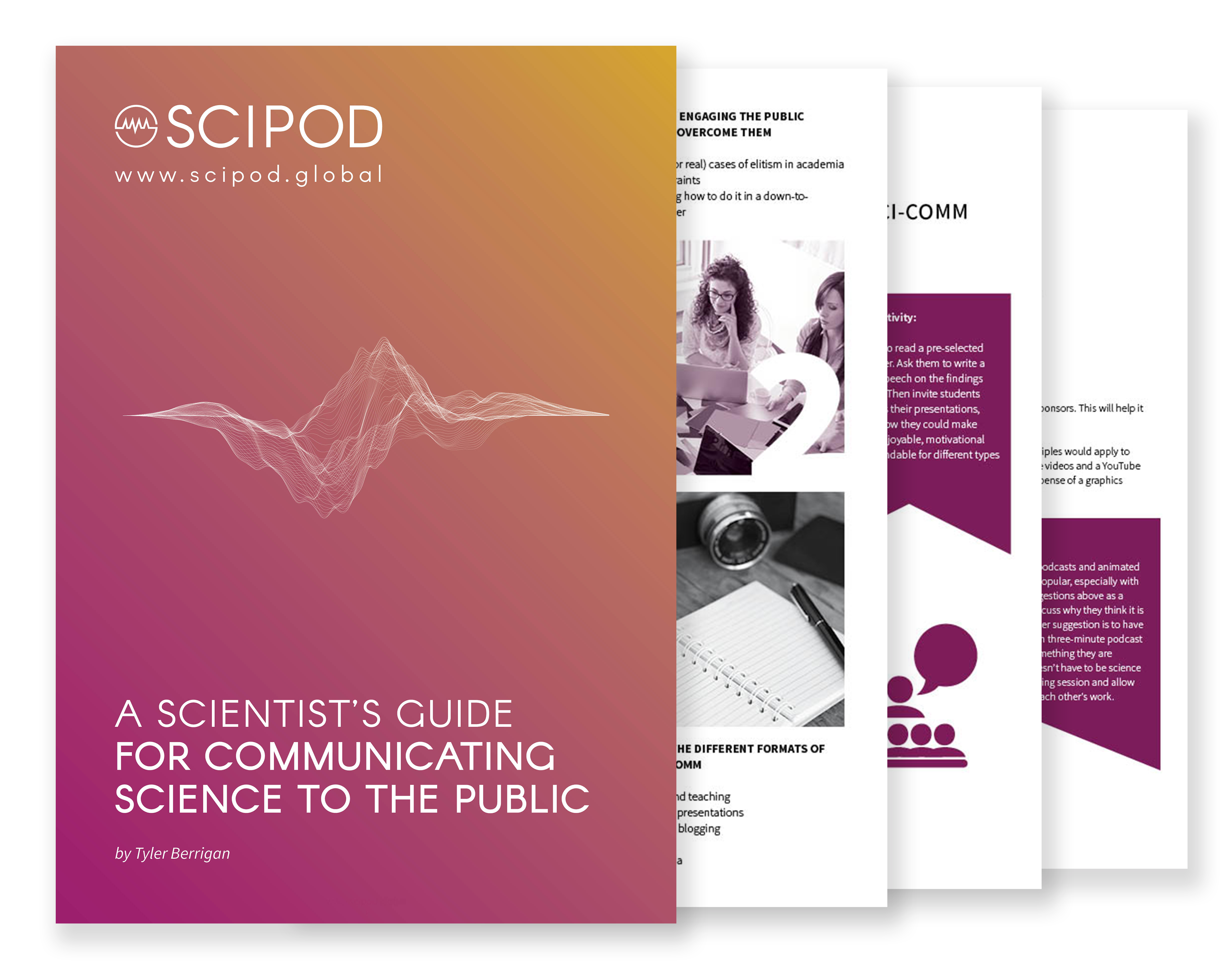Welcome to SciComm Radio
An exclusive interview series with leading scientists and science communicators

Click Below To Listen To A SciPod Radio Episode
Professor Manoj Sharma | The Multi-theory Model (MTM) of Health Behavior Change: Understanding Meditation, or ‘Dhyana’
AudioPod
About this episode
Original Article Reference
This SciPod is a summary of the papers ‘Can the multi-theory model (MTM) of health behavior change explain the intent for people to practice meditation?’ in the Journal of Evidence-Based Integrative Medicine, doi.org/10.1177/2515690X211064582, and ‘Introspective meditation before seeking pleasurable activities as a stress reduction tool among college students: A multi-theory model-based pilot study’, published in Healthcare, doi.org/10.33390/healthcare10040614.
This work is licensed under a Creative Commons Attribution 4.0 International License. 
What does this mean?
Share: You can copy and redistribute the material in any medium or format
Adapt: You can change, and build upon the material for any purpose, even commercially.
Credit: You must give appropriate credit, provide a link to the license, and indicate if changes were made.
Increase the impact of your research!
More episodes
Professor John P Miller | The Importance of Compassion and Compromise in Healthy Societies
AudioPod
About this episode
Original Article Reference
This SciPod is a summary of the paper ‘Educating for compassion and mutual accommodation’, in International Journal of Educational Research. https://doi.org/10.1016/j.ijer.2021.101847
This work is licensed under a Creative Commons Attribution 4.0 International License. 
What does this mean?
Share: You can copy and redistribute the material in any medium or format
Adapt: You can change, and build upon the material for any purpose, even commercially.
Credit: You must give appropriate credit, provide a link to the license, and indicate if changes were made.
Increase the impact of your research!
More episodes
Dr Julia Gresky | A Missed Opportunity: Reports of Ancient Rare Diseases in the Paleopathological Literature
AudioPod
About this episode
Original Article Reference
This SciPod is a summary of the paper ‘How rare is rare? A literature survey of the last 45 years of paleopathological research on ancient rare diseases’, published in the International Journal of Paleopathology. DOI: https://doi.org/10.1016/j.ijpp.2021.03.003
This work is licensed under a Creative Commons Attribution 4.0 International License. 
What does this mean?
Share: You can copy and redistribute the material in any medium or format
Adapt: You can change, and build upon the material for any purpose, even commercially.
Credit: You must give appropriate credit, provide a link to the license, and indicate if changes were made.
Increase the impact of your research!
More episodes
Dr Kahiu Ngugi | Developing Drought and Weed Resistant Super-Sorghum
AudioPod
About this episode
Original Article Reference
This SciPod is a summary of the papers ‘Novel sources of drought tolerance from landraces and wild sorghum relatives’, in Crop Science, doi.org/10.1002/csc2.20300, and ‘Genotypic Variation in Cultivated and Wild Sorghum Genotypes in Response to Striga hermonthica Infestation’, in Frontiers in Plant Science, doi.org/10.3389/fpls.2021.671984.
This work is licensed under a Creative Commons Attribution 4.0 International License. 
What does this mean?
Share: You can copy and redistribute the material in any medium or format
Adapt: You can change, and build upon the material for any purpose, even commercially.
Credit: You must give appropriate credit, provide a link to the license, and indicate if changes were made.
Increase the impact of your research!
More episodes
Dr Carlos Rodriguez-Franco | Dr Deborah Page-Dumroese – Healing Abandoned Mine Ecosystems with Biochar
AudioPod
About this episode
Original Article Reference
This SciPod is a summary of the paper ‘Woody biochar potential for abandoned mine land restoration in the U.S.: a review’, in Biochar. doi.org/10.1007/s42773-020-00074-y
This work is licensed under a Creative Commons Attribution 4.0 International License. 
What does this mean?
Share: You can copy and redistribute the material in any medium or format
Adapt: You can change, and build upon the material for any purpose, even commercially.
Credit: You must give appropriate credit, provide a link to the license, and indicate if changes were made.
Increase the impact of your research!
More episodes
Professor Lynne McCormack | Nicole L. Bennett – Gender Minimisation and Gender-based Abuse Experienced by Military Women
AudioPod
About this episode
Original Article Reference
This SciPod is a summary of the paper ‘Relentless, Aggressive, and Pervasive: Exploring Gender Minimization and Sexual Abuse Experienced by Women Ex-Military Veterans’, Psychological Trauma: Theory, Research, Practice, and Policy, 2021. https://doi.org/10.1037/tra0001157
This work is licensed under a Creative Commons Attribution 4.0 International License. 
What does this mean?
Share: You can copy and redistribute the material in any medium or format
Adapt: You can change, and build upon the material for any purpose, even commercially.
Credit: You must give appropriate credit, provide a link to the license, and indicate if changes were made.
Increase the impact of your research!
More episodes
Dr Alan Litchfield | Jeff Herbert – ReSOLV: Preventing Software Piracy with Cryptocurrency Blockchain Technology
VideoPod
About this episode
Software piracy is a large and growing problem. The methods used to combat it are becoming increasingly complex as technology evolves, costing software publishers and users billions of dollars each year. Dr Alan Litchfield from the Auckland University of Technology and Jeff Herbert from Cybercraft, New Zealand, have developed a new method to suppress software piracy called ReSOLV. In this video, learn more about their innovative software validation method, which is based on cryptocurrency blockchain technology.
Original Article Reference
Summary of the paper ‘Comprehensive Surface Characterization of Cellulose‑Based Tissues Using Sorption Techniques’, in Materials Circular Economy. https://doi.org/10.1007/s42824-021-00034-2
This work is licensed under a Creative Commons Attribution 4.0 International License. 
What does this mean?
Share: You can copy and redistribute the material in any medium or format
Adapt: You can change, and build upon the material for any purpose, even commercially.
Credit: You must give appropriate credit, provide a link to the license, and indicate if changes were made.
Increase the impact of your research!
More episodes
Dr Anett Kondor | Using Advanced Techniques to Test the Performance of Recycyled Bathroom Tissue
VideoPod
About this episode
As we attempt to reduce our environmental impact, many fields have changed. This includes bathroom tissue manufacturers, who are under increasing pressure to employ recycled paper as a sustainable raw material. Motivated by this shift, Dr Anett Kondor and her research team at Surface Measurement Systems Ltd studied four types of bathroom tissue, both recycled and non-recycled, to compare their water-adsorption performance.
Original Article Reference
Summary of the paper ‘Comprehensive Surface Characterization of Cellulose‑Based Tissues Using Sorption Techniques’, in Materials Circular Economy. https://doi.org/10.1007/s42824-021-00034-2
This work is licensed under a Creative Commons Attribution 4.0 International License. 
What does this mean?
Share: You can copy and redistribute the material in any medium or format
Adapt: You can change, and build upon the material for any purpose, even commercially.
Credit: You must give appropriate credit, provide a link to the license, and indicate if changes were made.
Increase the impact of your research!
More episodes
Dr Joji Muramoto | Healthy Soils, Healthy Planet, Healthy Humans!
AudioPod
About this episode
Original Article Reference
This SciPod is a summary of the paper ‘Integrated Soil Health Management for Plant Health and One Health: Lessons From Histories of Soil-borne Disease Management in California Strawberries and Arthropod Pest Management’, in Frontiers in Sustainable Food Systems. doi.org/10.3389/fsufs.2022.839648
This work is licensed under a Creative Commons Attribution 4.0 International License. 
What does this mean?
Share: You can copy and redistribute the material in any medium or format
Adapt: You can change, and build upon the material for any purpose, even commercially.
Credit: You must give appropriate credit, provide a link to the license, and indicate if changes were made.
Increase the impact of your research!
More episodes
Simone Henriksen | Regulating the Quality of Treatment for Substance-related Disorders
AudioPod
About this episode
Original Article Reference
This SciPod is a summary of the paper ‘The National Quality Framework: The Benchmark for the Alcohol and other Drug Sector in Australia’, published in Medical Law Review. DOI: https://doi.org/10.1093/medlaw/fwab050
This work is licensed under a Creative Commons Attribution 4.0 International License. 
What does this mean?
Share: You can copy and redistribute the material in any medium or format
Adapt: You can change, and build upon the material for any purpose, even commercially.
Credit: You must give appropriate credit, provide a link to the license, and indicate if changes were made.
Increase the impact of your research!
More episodes
Professor Barrett S. Caldwell | Developing Effective Chronic Care Systems for Traumatic Brain Injury
AudioPod
About this episode
An estimated 69 million people worldwide are currently living with traumatic brain injury (TBI). TBI can lead to short- and long-term conditions including sleep disorders, depression, headaches and an increased risk of suicide. TBI has recently been recognised as a chronic condition, although the human factors involved in recovery remain understudied. Working to address this is Professor Barrett S. Caldwell who leads the GROUPER Laboratory at Purdue University, USA.
Original Article Reference
This SciPod is a summary of the following papers:
‘Considerations for developing chronic care system for traumatic brain injury based on comparisons of cancer survivorship and diabetes management care’, published in Ergonomics, DOI: https://doi.org/10.1080/00140139.2017.1349932
‘Evaluating and designing procedures in safety critical environments: a framework and taxonomy based on a critical review and synthesis’, published in Theoretical Issues in Ergonomics Science, DOI: https://doi.org/10.1080/1463922X.2018.1529205
and
‘Multi-level, multi-discipline, and temporally-diverse handoffs in traumatic brain injury rehabilitation’, published in Proceedings of the International Symposium on Human Factors and Ergonomics in Health Care, DOI: https://doi.org/10.1177%2F2327857918071042
This work is licensed under a Creative Commons Attribution 4.0 International License. 
What does this mean?
Share: You can copy and redistribute the material in any medium or format
Adapt: You can change, and build upon the material for any purpose, even commercially.
Credit: You must give appropriate credit, provide a link to the license, and indicate if changes were made.
Increase the impact of your research!
More episodes
Professor Nadezhda Sabeva – Professor Peter Ferchmin | Determining the Safety of the Tobacco Cembranoid 4R as a Neuroprotective Agent
AudioPod
About this episode
Increased use of organophosphate chemicals in industry, agriculture and warfare has led to a rising threat of exposure to these neurotoxins in civilian and military populations. Though their danger has been recognised and efforts made to decrease concentrations used, even at low doses these chemicals can still pose significant risks to exposed individuals. Finding effective treatments to counteract the impact of exposure is becoming increasingly important and is the focus of research by Professor Nadezhda Sabeva and Professor Peter Ferchmin at the Universidad Central del Caribe, Puerto Rico.
Original Article Reference
This SciPod is a summary of the paper ‘In Vivo Evaluation of the Acute Systemic Toxicity of (1S,2E,4R,6R,7E,11E)-Cembratriene-4,6-diol (4R) in Sprague Dawley Rats’, published in Nutraceuticals. DOI: https://doi.org/10.3390/nutraceuticals2020005
This work is licensed under a Creative Commons Attribution 4.0 International License. 
What does this mean?
Share: You can copy and redistribute the material in any medium or format
Adapt: You can change, and build upon the material for any purpose, even commercially.
Credit: You must give appropriate credit, provide a link to the license, and indicate if changes were made.
Increase the impact of your research!
More episodes
Dr Abera Habte et al. | Climate Change in Ethiopia: Exploring Farmers’ Attitudes and Adaptation Strategies
AudioPod
About this episode
Around the world, climate change is impacting the availability of food and water, affecting people’s health and livelihoods. Unfortunately, these damaging effects are more pronounced in developing countries. In a recent study, Dr Abera Habte of Wolaita Sodo University and his collaborators investigated the impacts of climate change in Southwestern Ethiopia. His team incorporated the perceptions and knowledge of local farmers into their analysis, in order to develop more effective climate adaptation strategies.
In collaboration with

Original Article Reference
This SciPod is a summary of the paper ‘Spatial Variability and Temporal Trends of Climate Change in Southwest Ethiopia: Association with Farmers’ Perception and Their Adaptation Strategies’, in Advances in Meteorology. doi.org/10.1155/2021/3863530
This work is licensed under a Creative Commons Attribution 4.0 International License. 
What does this mean?
Share: You can copy and redistribute the material in any medium or format
Adapt: You can change, and build upon the material for any purpose, even commercially.
Credit: You must give appropriate credit, provide a link to the license, and indicate if changes were made.
Increase the impact of your research!
More episodes
Dr Stefi Baum – Dr Christopher O’Dea | Shaping Galaxy Clusters with Supermassive Black Holes
AudioPod
About this episode
Original Article Reference
This SciPod is a summary of https://doi.org/10.33548/SCIENTIA859
This work is licensed under a Creative Commons Attribution 4.0 International License. 
What does this mean?
Share: You can copy and redistribute the material in any medium or format
Adapt: You can change, and build upon the material for any purpose, even commercially.
Credit: You must give appropriate credit, provide a link to the license, and indicate if changes were made.
Increase the impact of your research!
More episodes
Dr Maggie O’Haire | Dr Kerri Rodriguez – Service Dogs: Understanding Their Impact on Military Veterans with Posttraumatic Stress Disorder
VideoPod
About this episode
Posttraumatic stress disorder (PTSD) is a mental disorder that can develop after experiencing a traumatic event, such as being part of military combat. Dr Maggie O’Haire and Dr Kerri Rodriguez at Purdue University in the USA and their colleagues are working to better understand why and how PTSD service dogs may improve PTSD symptoms among military veterans.
This work is licensed under a Creative Commons Attribution 4.0 International License. 
What does this mean?
Share: You can copy and redistribute the material in any medium or format
Adapt: You can change, and build upon the material for any purpose, even commercially.
Credit: You must give appropriate credit, provide a link to the license, and indicate if changes were made.
Increase the impact of your research!
More episodes
Professor Manoj Sharma | The Multi-theory Model (MTM) of Health Behavior Change: Understanding the Determinants of Breast Cancer Screening
VideoPod
About this episode
Breast cancer is the most common form of cancer affecting women overall but there are stark differences in breast cancer risk and survival rates between racial and ethnic groups. Breast cancers must be detected at an early stage to ensure timely treatment and the reduction of premature mortality. Professor Manoj Sharma from the School of Public Health at the University of Nevada, USA, is working with colleagues to gain an in-depth understanding of the determinants of undertaking mammogram screening in typically under-represented groups with a view to improving health through behaviour change.
This work is licensed under a Creative Commons Attribution 4.0 International License. 
What does this mean?
Share: You can copy and redistribute the material in any medium or format
Adapt: You can change, and build upon the material for any purpose, even commercially.
Credit: You must give appropriate credit, provide a link to the license, and indicate if changes were made.
Increase the impact of your research!
More episodes
Building a World-leading Microelectronics Research Group
VideoPod
About this episode
Original Article Reference
Summary of the article ‘Building a Microelectronics Research Group from the Ground Up’ in Scientia. doi.org/10.33548/SCIENTIA854
This work is licensed under a Creative Commons Attribution 4.0 International License. 
What does this mean?
Share: You can copy and redistribute the material in any medium or format
Adapt: You can change, and build upon the material for any purpose, even commercially.
Credit: You must give appropriate credit, provide a link to the license, and indicate if changes were made.
Increase the impact of your research!
More episodes
Dr Hong Lu | Exploring the Impact of the Death Penalty on a Convict’s Family
AudioPod
About this episode
So far, very few research studies have investigated the effects of criminal convictions on the families of defendants. Dr Hong Lu, a Professor of Criminal Justice at University of Nevada, along with her co-authors, Dr Yudu Li and Dr Bin Liang, carried out a study examining how the family of Nian Bin, the defendant in a high-profile capital case in China who received four death sentences, managed the physical, emotional, financial, and legal challenges they faced after their relative’s conviction.
Original Article Reference
This SciPod is a summary of the paper ‘Criminal Defendants’ Family and the Death Penalty in China- A Case Analysis’ in China Journal of Social Work, 2020. doi.org/10.1080/17525098.2020.1780000
This work is licensed under a Creative Commons Attribution 4.0 International License. 
What does this mean?
Share: You can copy and redistribute the material in any medium or format
Adapt: You can change, and build upon the material for any purpose, even commercially.
Credit: You must give appropriate credit, provide a link to the license, and indicate if changes were made.
Increase the impact of your research!
More episodes
Access to Human Tissue for Collaborative Research
VideoPod
About this episode
The Collaborative Biorepository for Translational Medicine (CBTM) is based at the University of Cambridge and Addenbrooke’s Hospital in the Cambridge Biomedical Research Centre. Professor Kourosh Saeb-Parsy and the team work to provide reliable access to fresh tissue for collaborative research and to ensure the generously donated tissue has the best chance to make a positive impact.
This work is licensed under a Creative Commons Attribution 4.0 International License. 
What does this mean?
Share: You can copy and redistribute the material in any medium or format
Adapt: You can change, and build upon the material for any purpose, even commercially.
Credit: You must give appropriate credit, provide a link to the license, and indicate if changes were made.
Increase the impact of your research!
More episodes
Dr Megan Schraedley | Reducing Political Sectarianism to Introduce Important Legislation
AudioPod
About this episode
Original Article Reference
This SciPod is a summary of the paper ‘Creating and disrupting othering during policymaking in a polarized context’, in the Journal of Communication, 2022. https://doi.org/10.1093/joc/jqab042
This work is licensed under a Creative Commons Attribution 4.0 International License. 
What does this mean?
Share: You can copy and redistribute the material in any medium or format
Adapt: You can change, and build upon the material for any purpose, even commercially.
Credit: You must give appropriate credit, provide a link to the license, and indicate if changes were made.
Increase the impact of your research!
More episodes
Dr Robert Bryant – Dr Langdon Martin | Reducing the Carbon Footprint of Cattle Farming with Leftover Brewer’s Yeast
AudioPod
About this episode
Original Article Reference
This SciPod is a summary of the paper ‘Spent Craft Brewer’s Yeast Reduces Production of Methane and Ammonia by Bovine Rumen Microbes’ from Frontiers in Animal Science. doi.org/10.3389/fanim.2021.720646
This work is licensed under a Creative Commons Attribution 4.0 International License. 
What does this mean?
Share: You can copy and redistribute the material in any medium or format
Adapt: You can change, and build upon the material for any purpose, even commercially.
Credit: You must give appropriate credit, provide a link to the license, and indicate if changes were made.
Increase the impact of your research!
More episodes
Dr Anthony Swemmer – Exploring How Trees in Savannas Respond to Drought
AudioPod
About this episode
Original Article Reference
This SciPod is a summary of the paper ‘Locally high, but regionally low: the impact of the 2014-2016 drought on the trees of semi-arid savannas, South Africa’ from African Journal of Range & Forage Science. doi.org/10.2989/10220119.2020.1723696
This work is licensed under a Creative Commons Attribution 4.0 International License. 
What does this mean?
Share: You can copy and redistribute the material in any medium or format
Adapt: You can change, and build upon the material for any purpose, even commercially.
Credit: You must give appropriate credit, provide a link to the license, and indicate if changes were made.
Increase the impact of your research!
More episodes
Dr Alvin Orbaek White | Chemically Recycling Discarded Face Masks into Carbon Nanotubes
VideoPod
About this episode
Dr Alvin Orbaek White and his colleagues at the Energy Safety Research Institute, based at Swansea University, have shown that chemically recycling discarded face masks to create carbon nanotubes may provide a valuable resource as well as tackle the environmental issue of waste.
Original Article Reference
Summary of the paper ‘Upcycling of Face Masks to Application-rich Multi and Single Walled Carbon Nanotubes’, in Carbon Letters. https://doi.org/10.1007/s42823-022-00398-8
This work is licensed under a Creative Commons Attribution 4.0 International License. 
What does this mean?
Share: You can copy and redistribute the material in any medium or format
Adapt: You can change, and build upon the material for any purpose, even commercially.
Credit: You must give appropriate credit, provide a link to the license, and indicate if changes were made.
Increase the impact of your research!
More episodes
Dr Thomas Arciuolo | Dr Miad Faezipour – Yellowstone Caldera Supervolcano
AnimationPod
About this episode
The global climate crisis poses a major threat to human civilisation. The combustion of fossil fuels to generate energy is the primary cause of this crisis, due to the greenhouse gases released into the atmosphere. At the same time, the Earth faces another great crisis. Underneath Yellowstone National Park in Wyoming, USA, lies one of Earth’s most powerful volcanoes, which has the potential for an eruption that would be catastrophic to the entire world. Researchers Dr Thomas Arciuolo and Dr Miad Faezipour propose a solution to both of these problems, by harnessing the mighty energy reserve within the Yellowstone Supervolcano to generate clean, emission-free power – turning the Yellowstone curse into an immense blessing.
Original Article Reference
Summary of the paper ‘Yellowstone Caldera Volcanic Power Generation Facility: A new engineering approach for harvesting emission-free green volcanic energy on a national scale’, in Renewable Energy. https://doi.org/10.1016/j.renene.2022.08.063
This work is licensed under a Creative Commons Attribution 4.0 International License. 
What does this mean?
Share: You can copy and redistribute the material in any medium or format
Adapt: You can change, and build upon the material for any purpose, even commercially.
Credit: You must give appropriate credit, provide a link to the license, and indicate if changes were made.
Increase the impact of your research!
More episodes
Dr Doug Brugge | The Community Assessment of Freeway Exposure and Health Studies: Minimising Exposure to Traffic-related Air Pollution
VideoPod
About this episode
Dr Doug Brugge at the University of Connecticut, USA, leads a group of researchers and community partners dedicated to improving the health of people living in cities and traffic-heavy areas by studying local traffic pollution.
Original Article Reference
This is a summary of https://doi.org/10.33548/SCIENTIA837
This work is licensed under a Creative Commons Attribution 4.0 International License. 
What does this mean?
Share: You can copy and redistribute the material in any medium or format
Adapt: You can change, and build upon the material for any purpose, even commercially.
Credit: You must give appropriate credit, provide a link to the license, and indicate if changes were made.
Increase the impact of your research!
More episodes
Professor Michael Bukrinsky | Human Immunodeficiency Virus Co-morbidities: How Lipid Homeostasis Alterations Lead to Cardiovascular and Neurological Disorders
VideoPod
About this episode
Professor Michael Bukrinsky at George Washington University in Washington DC is working with scientists across the globe to elucidate the molecular mechanisms behind the comorbidities associated with human immunodeficiency virus so that they can be targeted with therapies.
Original Article Reference
This is a summary of https://doi.org/10.33548/SCIENTIA836
This work is licensed under a Creative Commons Attribution 4.0 International License. 
What does this mean?
Share: You can copy and redistribute the material in any medium or format
Adapt: You can change, and build upon the material for any purpose, even commercially.
Credit: You must give appropriate credit, provide a link to the license, and indicate if changes were made.
Increase the impact of your research!
More episodes
Dr Susmita Bose | 3D Printed Bone-like Materials for Delivering Natural Medicine
AudioPod
About this episode
Some of the greatest advances in medical history have revolved around the creation of new materials that can replace damaged tissues in the body. Today, many researchers focus on creating materials that can replace damaged bone tissue, which often cannot heal naturally. Dr Susmita Bose and her team at Washington State University have been researching ways to engineer exciting new materials that mimic the structure of natural bone, allowing us to live happier, healthier, and longer lives.
Original Article Reference
This SciPod is a summary of https://doi.org/10.33548/SCIENTIA846
This work is licensed under a Creative Commons Attribution 4.0 International License. 
What does this mean?
Share: You can copy and redistribute the material in any medium or format
Adapt: You can change, and build upon the material for any purpose, even commercially.
Credit: You must give appropriate credit, provide a link to the license, and indicate if changes were made.
Increase the impact of your research!
More episodes
Dr Robert L. Walsh | Propaganda and Mass Deception Depend Upon the Tribal Mind
AudioPod
About this episode
Propaganda is the systemic use of language with the intent to brainwash rather than to persuade. It has the subtle but pervasive power to ensnare an entire populace toward a predetermined attitude or outlook. Deceptive communication is now commonplace in this information age. Dr Robert L. Walsh recently examined how propagandists bend language for mass deception. He argued that what makes propaganda so insidious is a vestige of our prehistoric past – the Neolithic or Tribal mind.
Original Article Reference
This SciPod is a summary of the paper ‘An Inquisition for Propaganda and Mass Deception: Deposing the Neolithic Mind’, in Frontiers in Communication, 2021. doi.org/10.3389/fcomm.2021.636292
This work is licensed under a Creative Commons Attribution 4.0 International License. 
What does this mean?
Share: You can copy and redistribute the material in any medium or format
Adapt: You can change, and build upon the material for any purpose, even commercially.
Credit: You must give appropriate credit, provide a link to the license, and indicate if changes were made.
Increase the impact of your research!
More episodes
Dr Alan Litchfield | Jeff Herbert – ReSOLV: Preventing Software Piracy with Cryptocurrency Blockchain Technology
AudioPod
About this episode
Software piracy is a large and growing problem. The methods used to combat it are becoming increasingly complex as technology evolves, costing software publishers and users billions of dollars each year. Dr Alan Litchfield from the Auckland University of Technology and Jeff Herbert from Cybercraft, New Zealand, have developed a new method to suppress software piracy. In a recent paper, they present ReSOLV – a method for software validation based on cryptocurrency blockchain technology.
Original Article Reference
This SciPod is a summary of the paper ‘ReSOLV: Applying Cryptocurrency Blockchain Methods to Enable Global Cross-Platform Software Validation’. doi.org/10.3390/cryptography2020010
This work is licensed under a Creative Commons Attribution 4.0 International License. 
What does this mean?
Share: You can copy and redistribute the material in any medium or format
Adapt: You can change, and build upon the material for any purpose, even commercially.
Credit: You must give appropriate credit, provide a link to the license, and indicate if changes were made.
Increase the impact of your research!
More episodes
Dr Thomas Arciuolo | Dr Miad Faezipour – Yellowstone Caldera Supervolcano – A Solution to the Climate and Energy Crisis
VideoPod
About this episode
The global climate crisis poses a major threat to human civilisation. The combustion of fossil fuels to generate energy is the primary cause of this crisis, due to the greenhouse gases released into the atmosphere. At the same time, the Earth faces another great crisis. Underneath Yellowstone National Park in Wyoming, USA, lies one of Earth’s most powerful volcanoes, which has the potential for an eruption that would be catastrophic to the entire world. Researchers Dr Thomas Arciuolo and Dr Miad Faezipour propose a solution to both of these problems, by harnessing the mighty energy reserve within the Yellowstone Supervolcano to generate clean, emission-free power – turning the Yellowstone curse into an immense blessing.
Original Article Reference
Summary of the paper ‘Yellowstone Caldera Volcanic Power Generation Facility: A new engineering approach for harvesting emission-free green volcanic energy on a national scale’, in Renewable Energy. https://doi.org/10.1016/j.renene.2022.08.063
This work is licensed under a Creative Commons Attribution 4.0 International License. 
What does this mean?
Share: You can copy and redistribute the material in any medium or format
Adapt: You can change, and build upon the material for any purpose, even commercially.
Credit: You must give appropriate credit, provide a link to the license, and indicate if changes were made.

